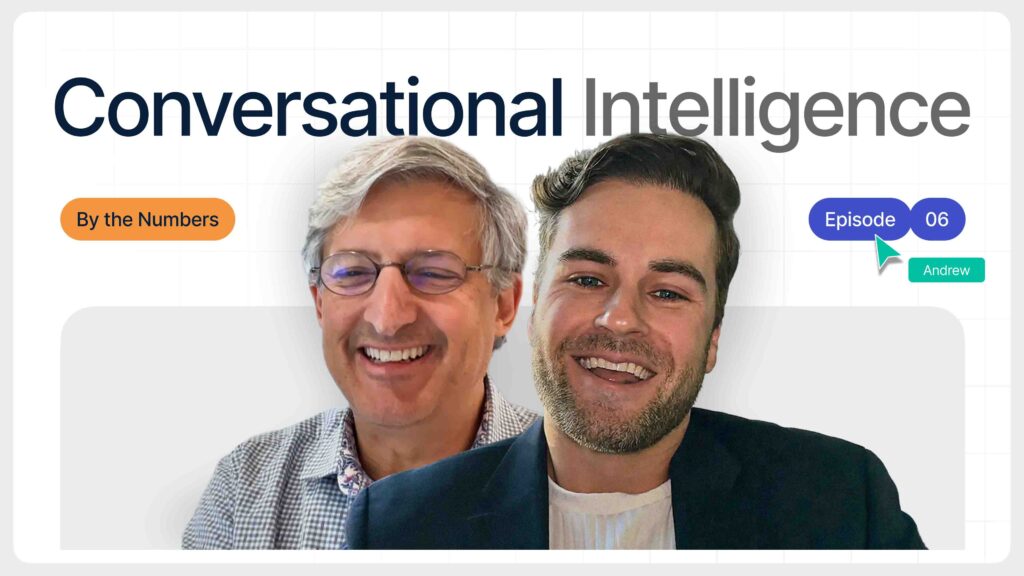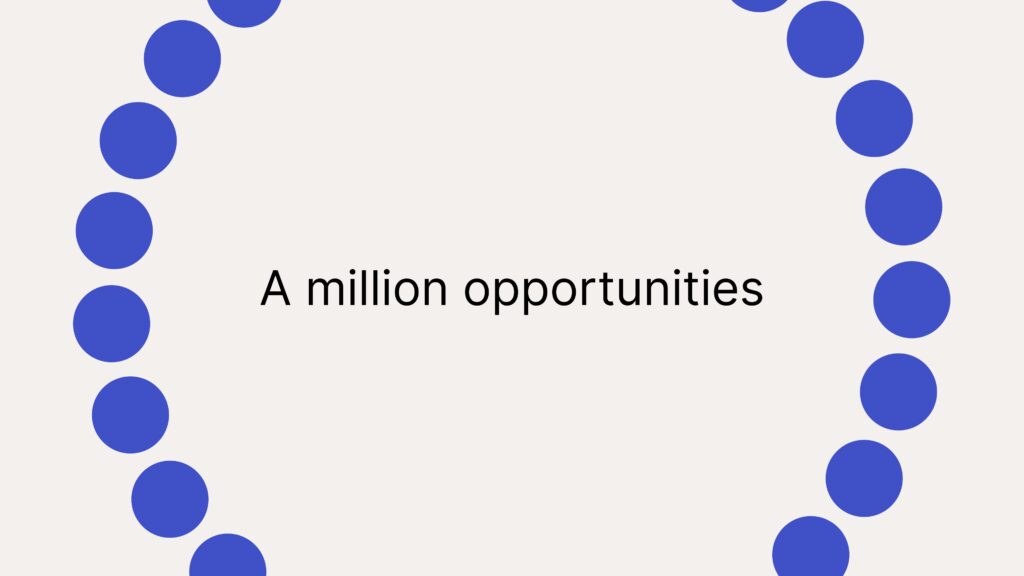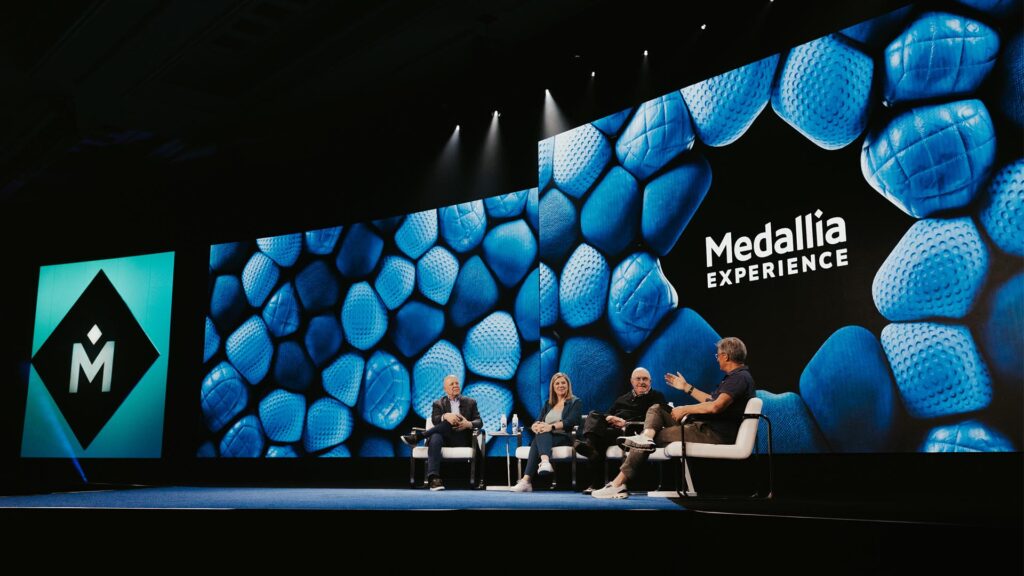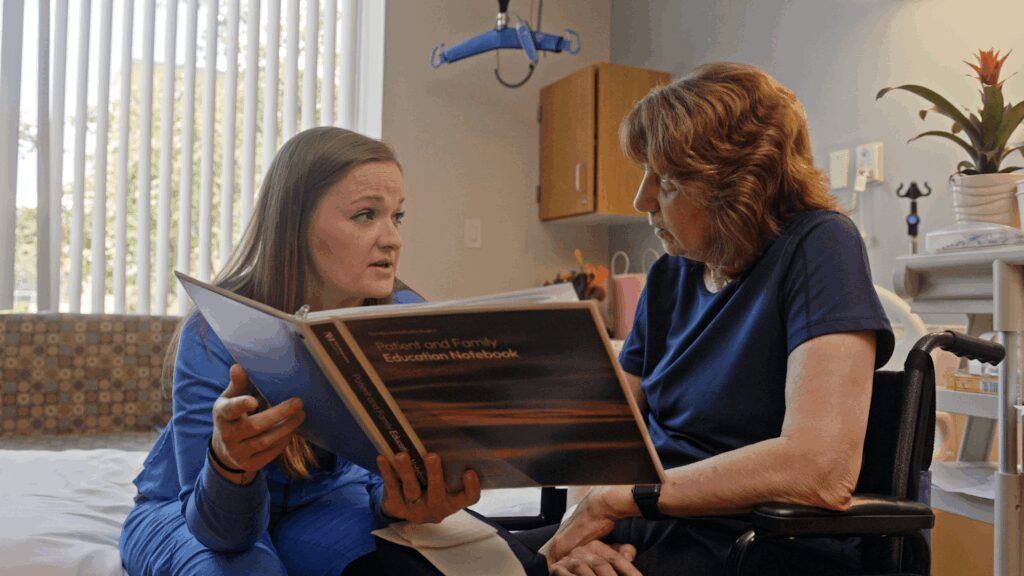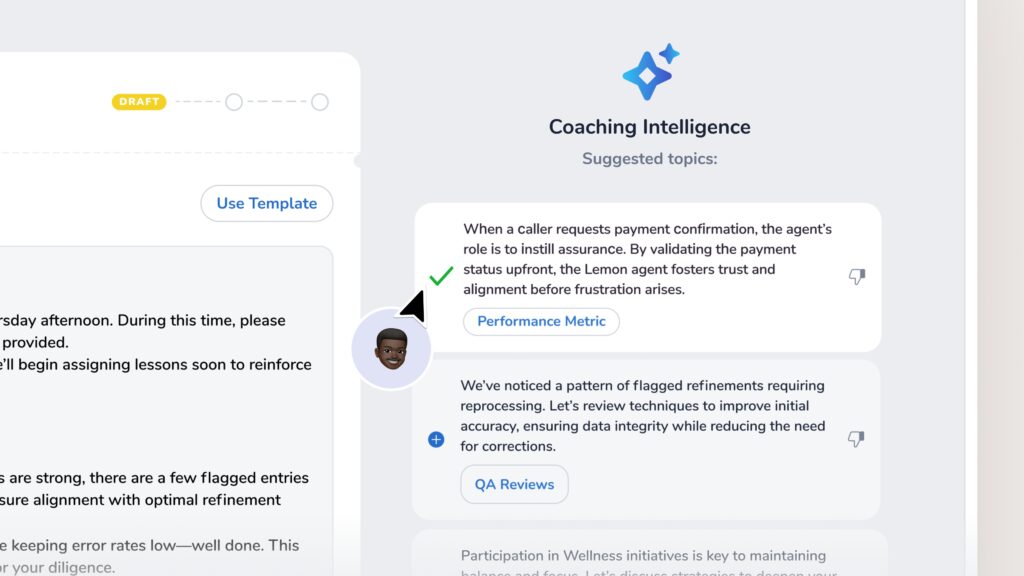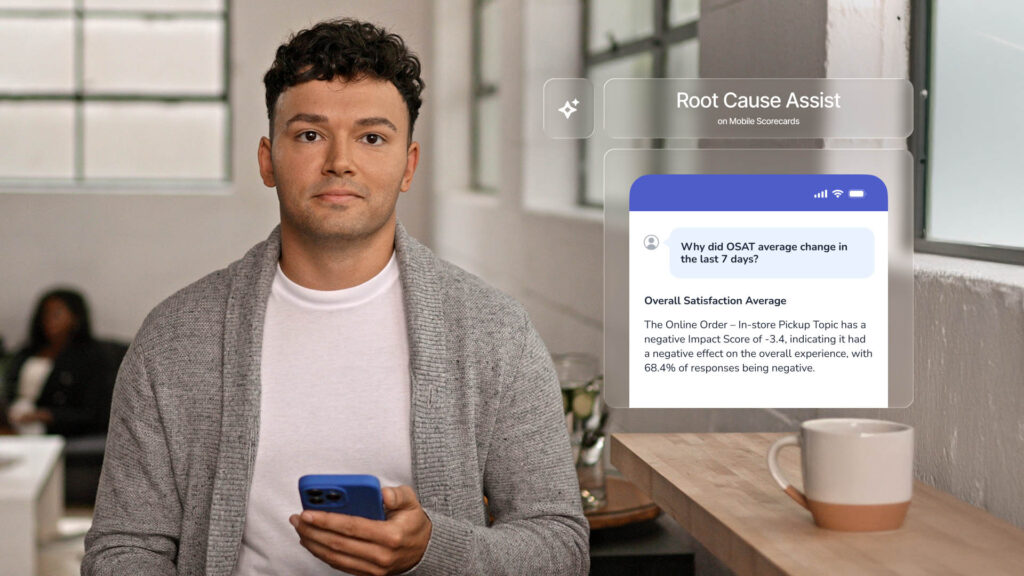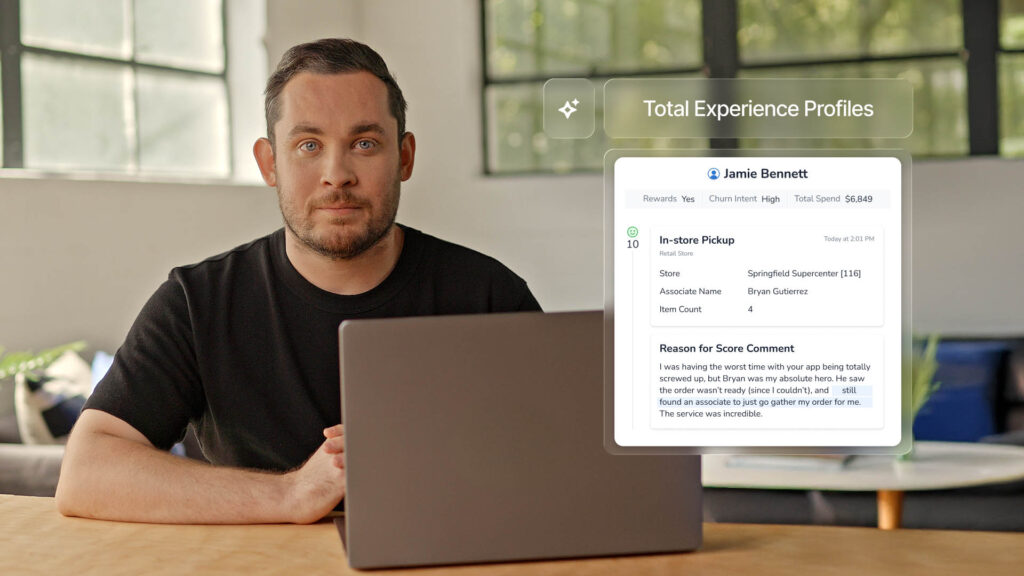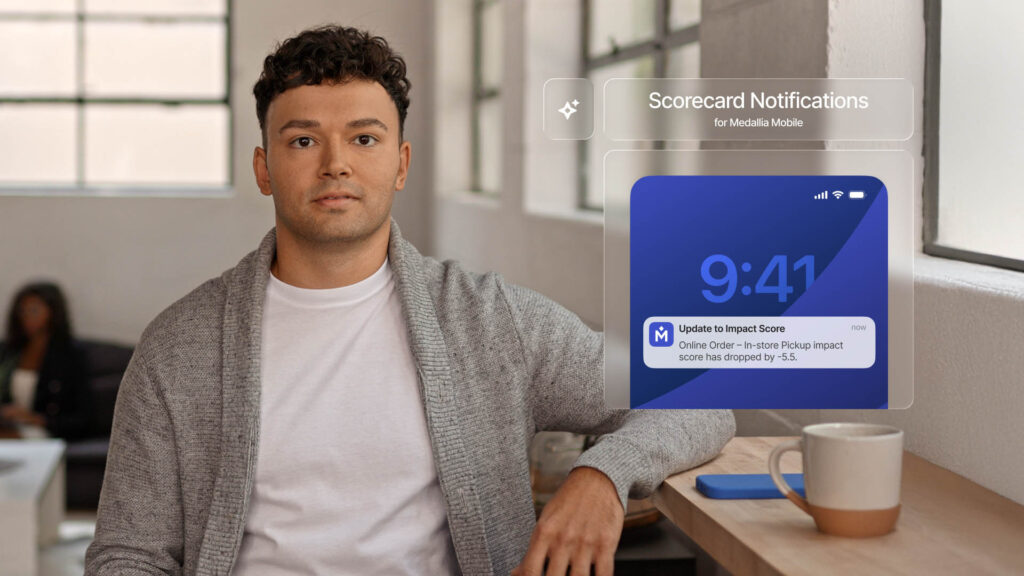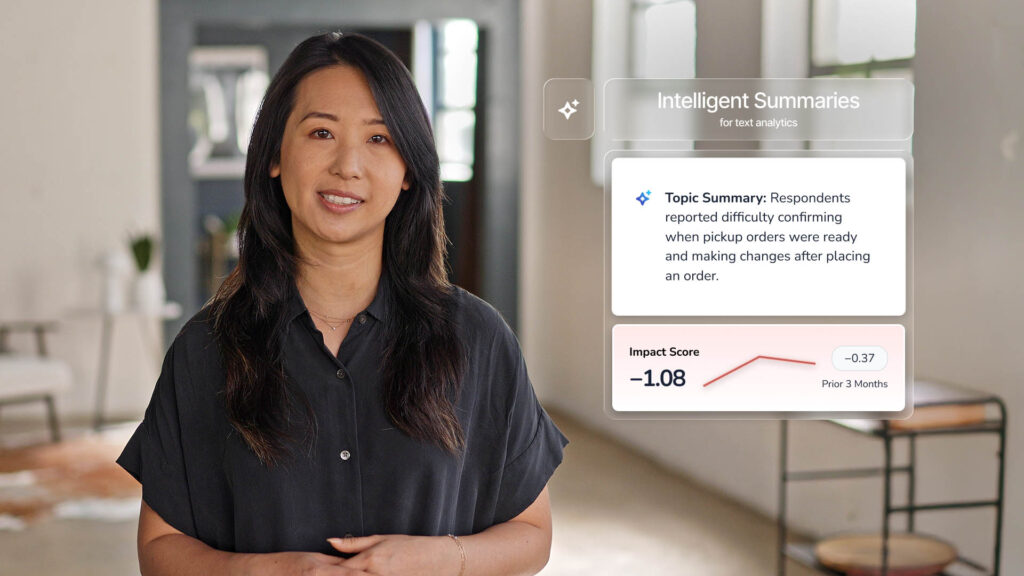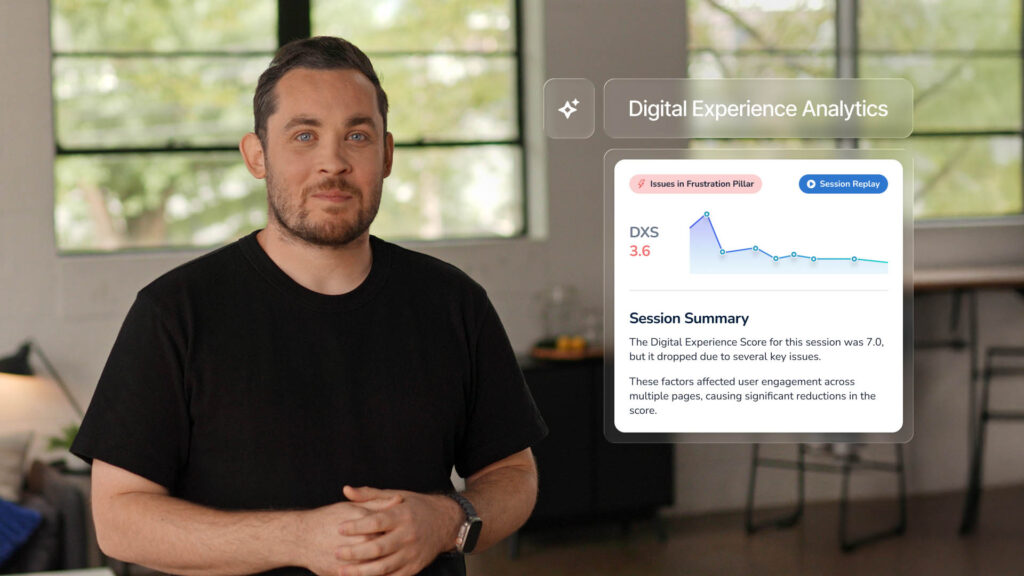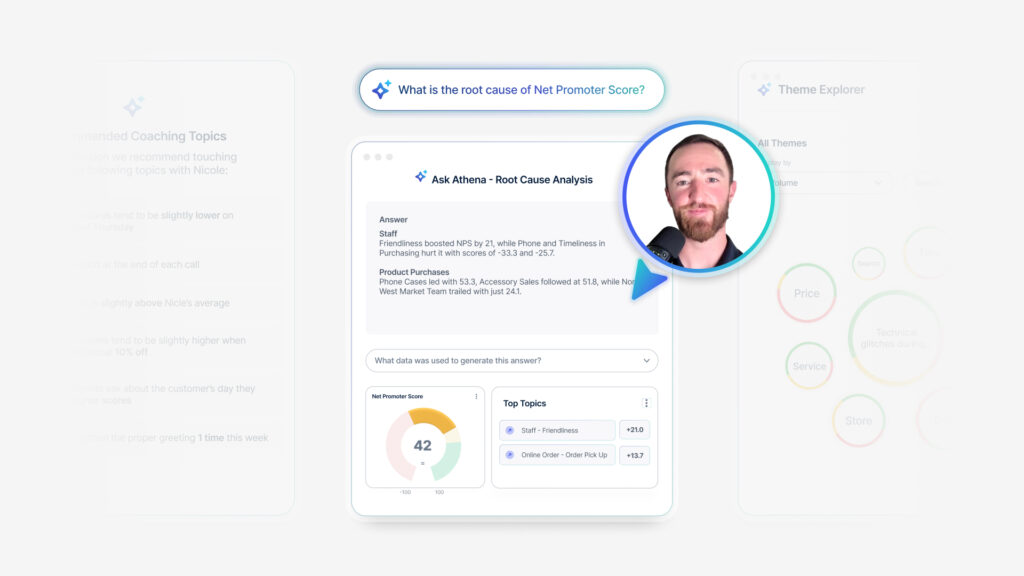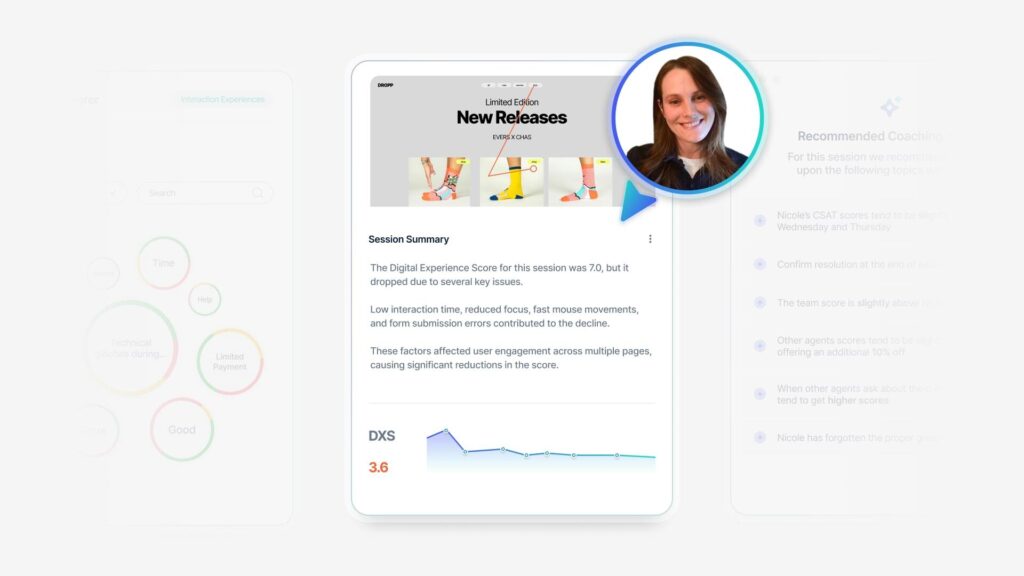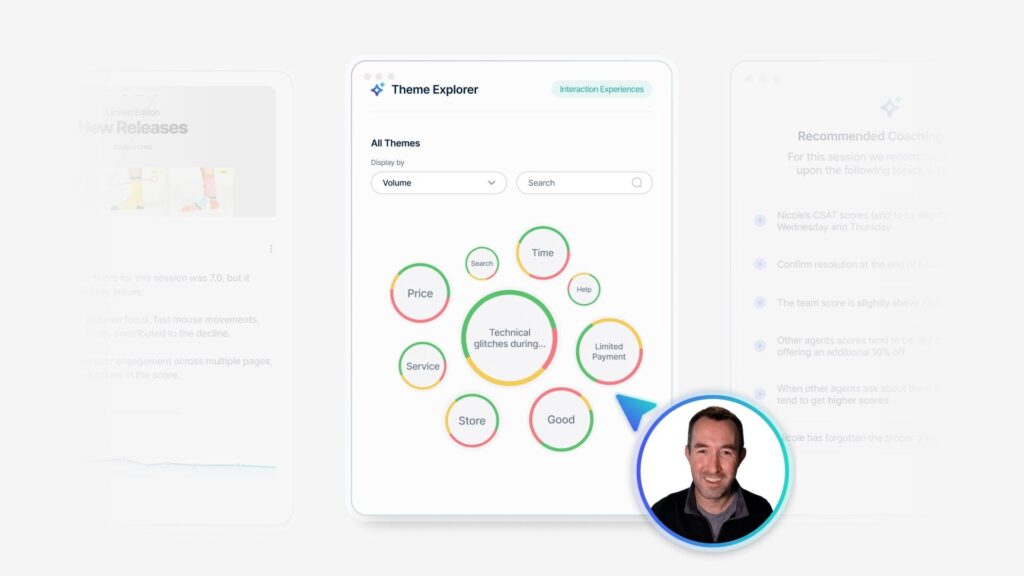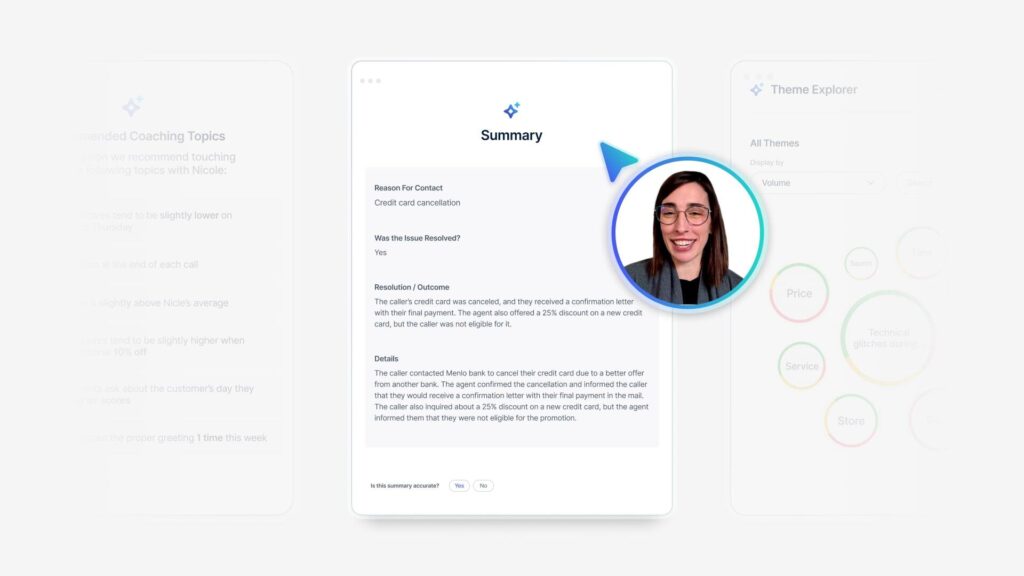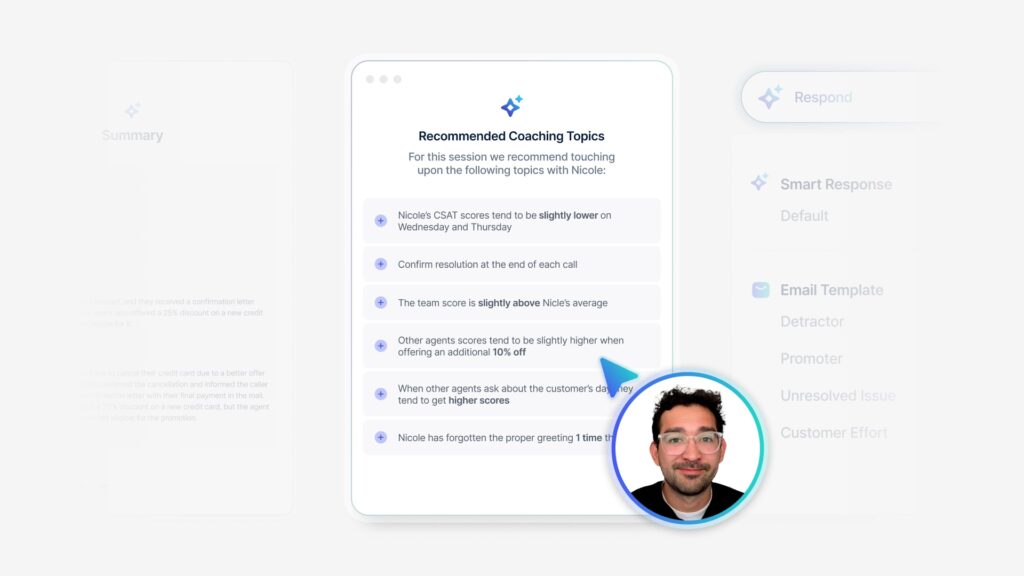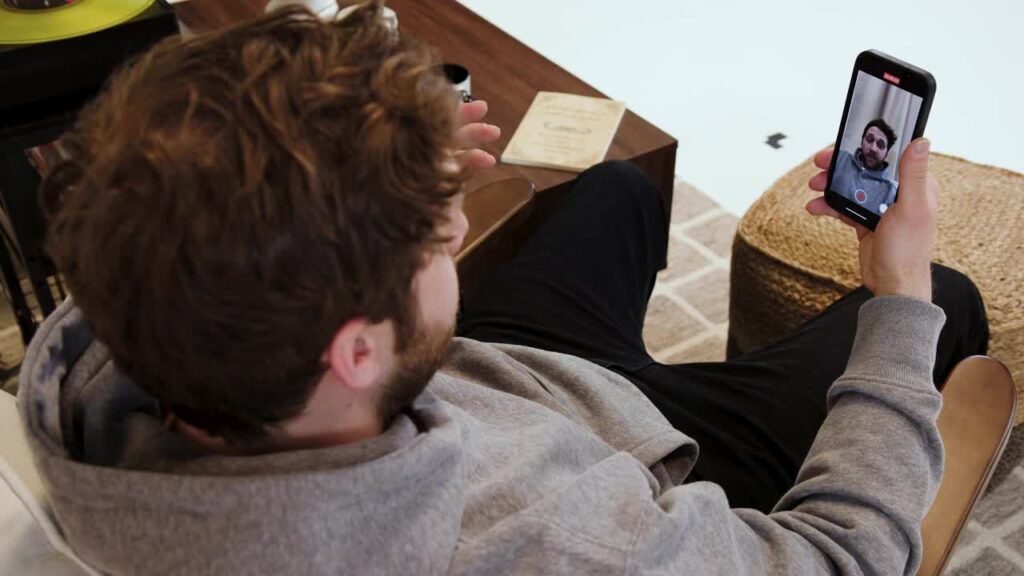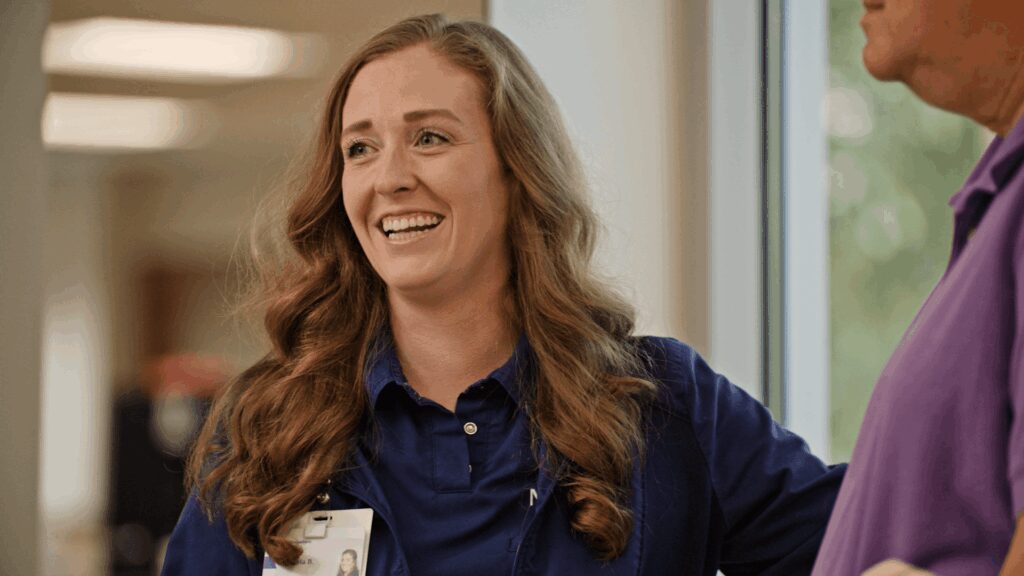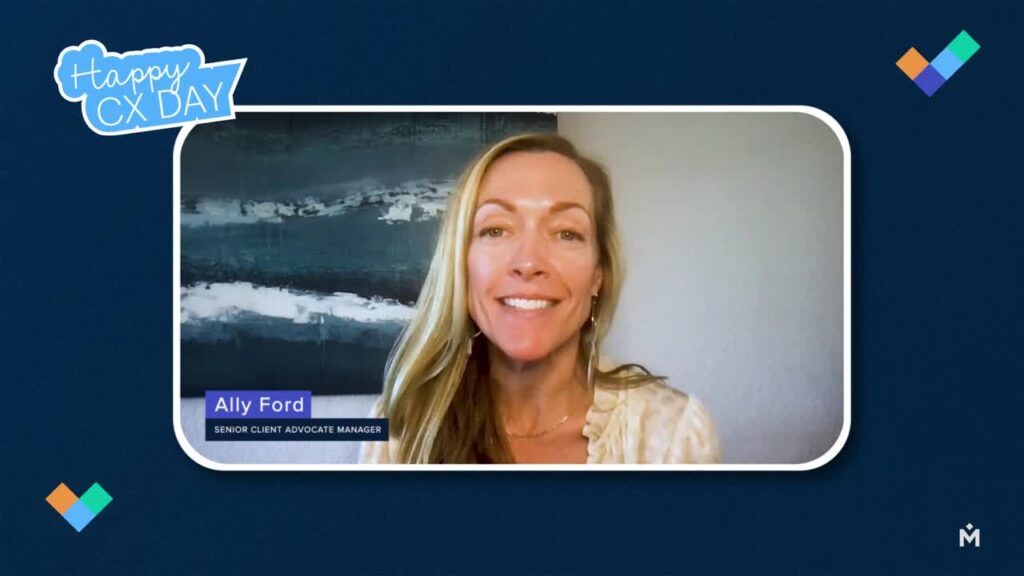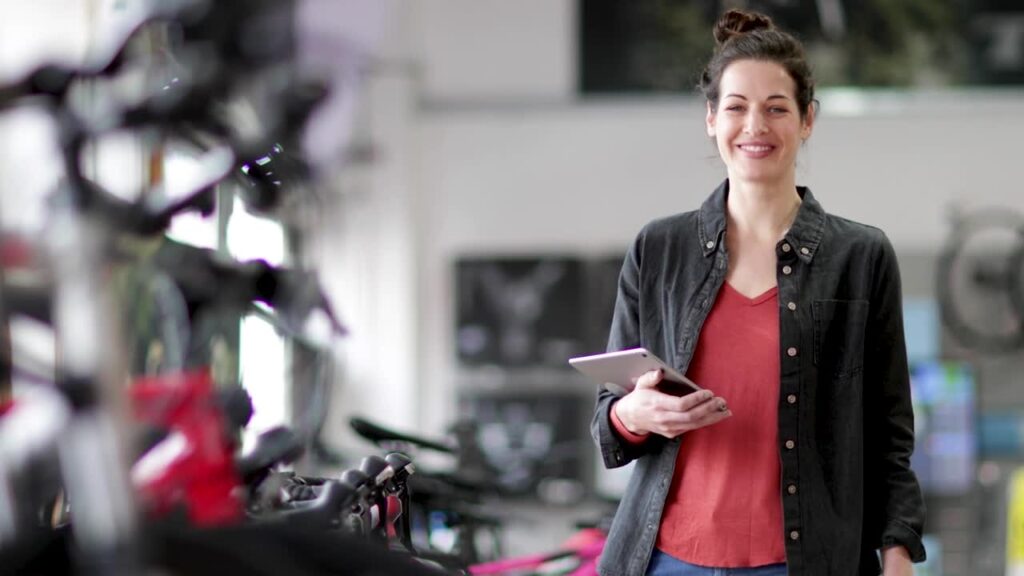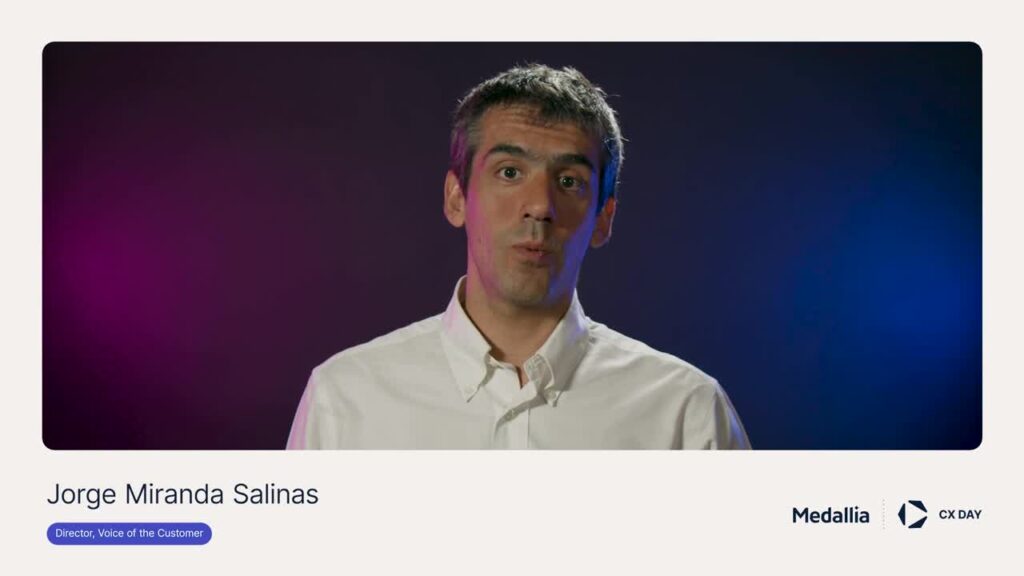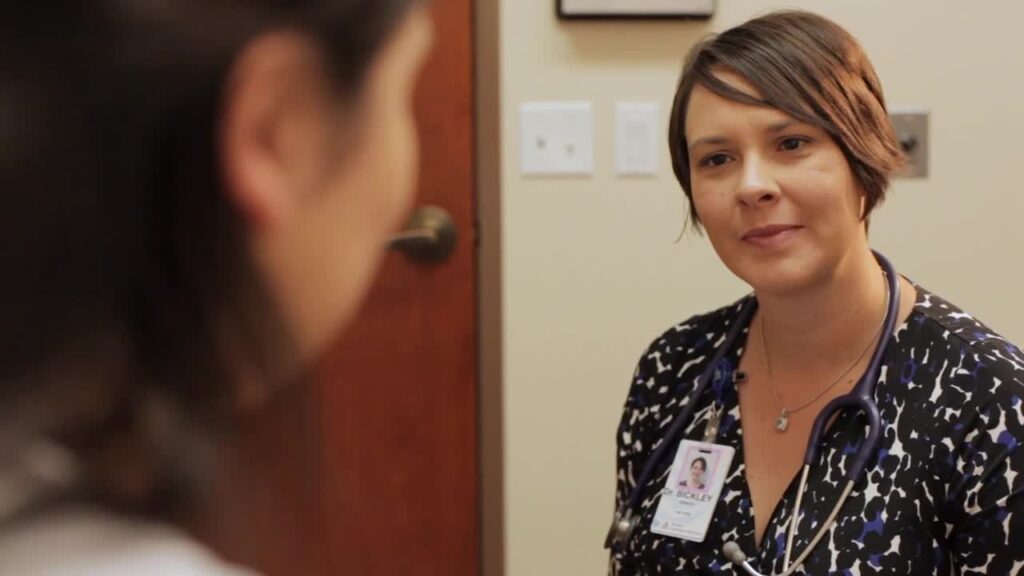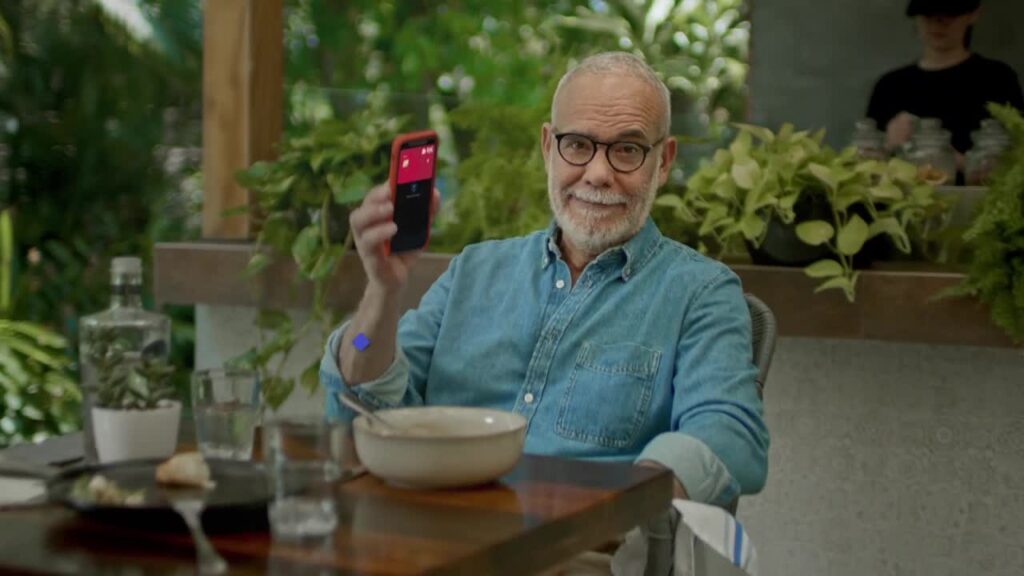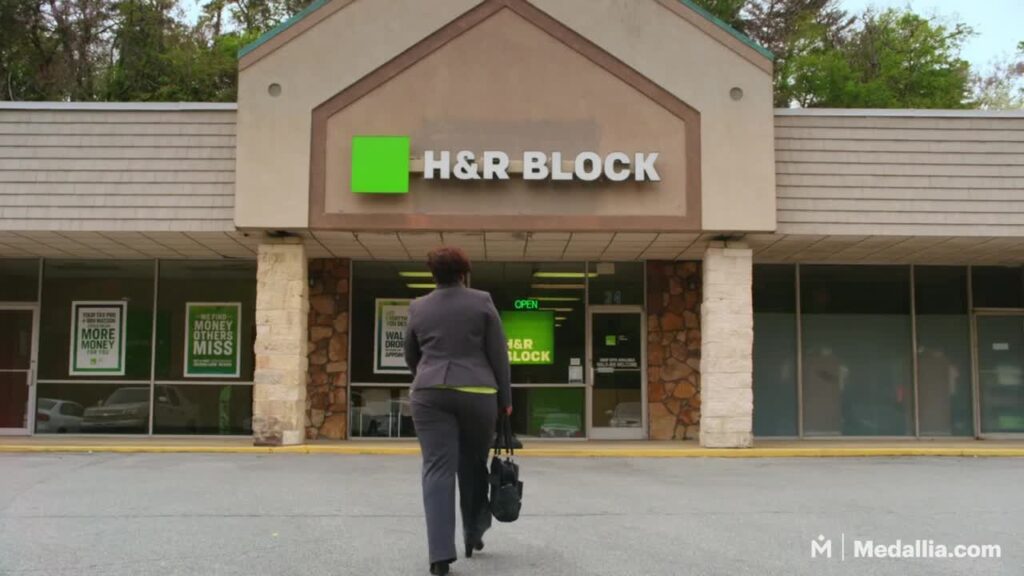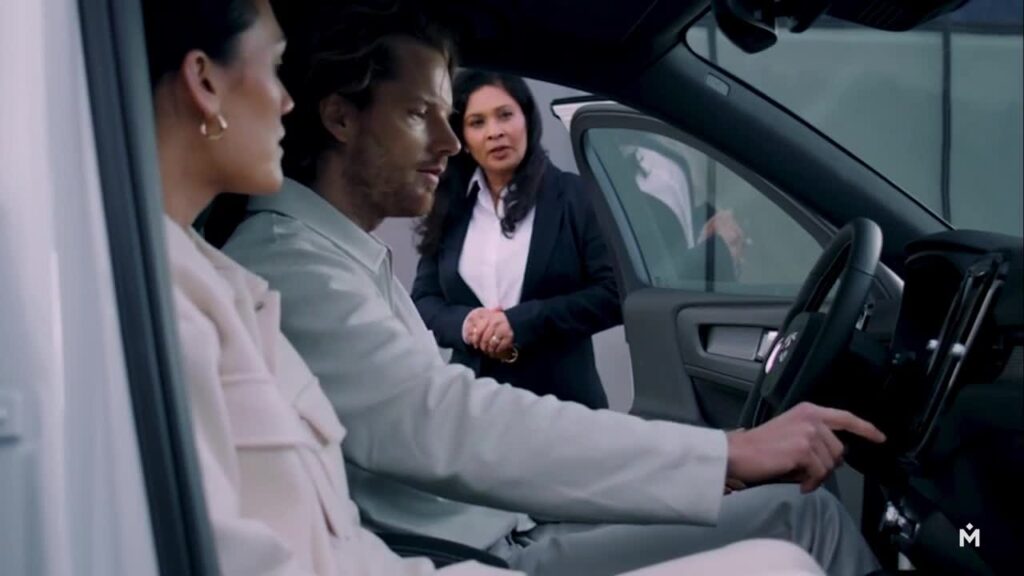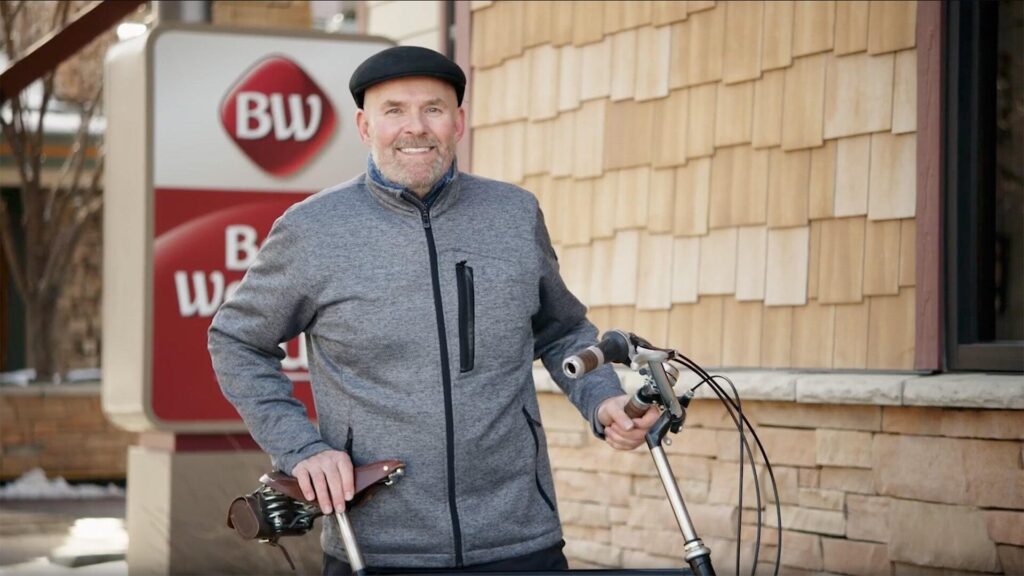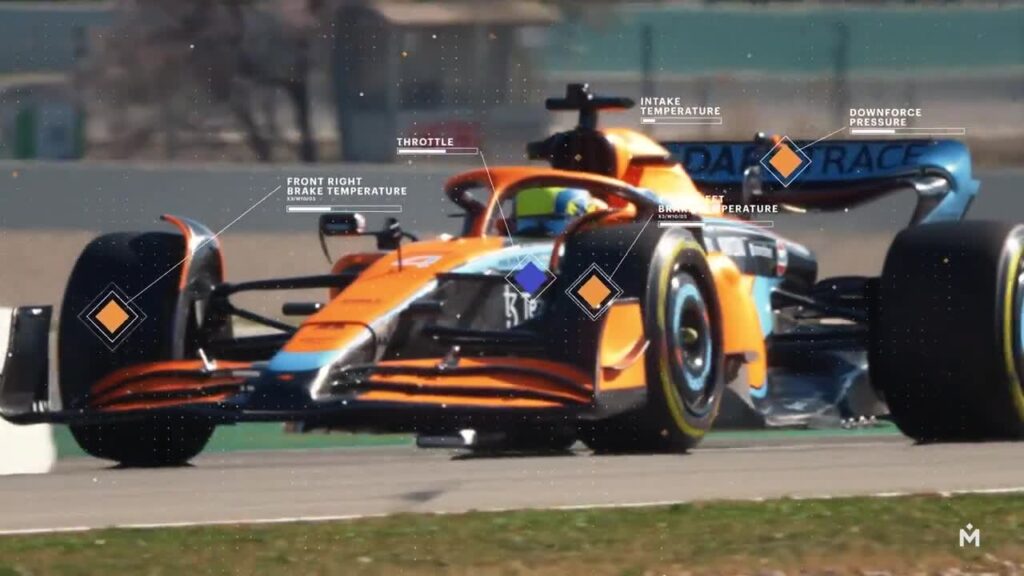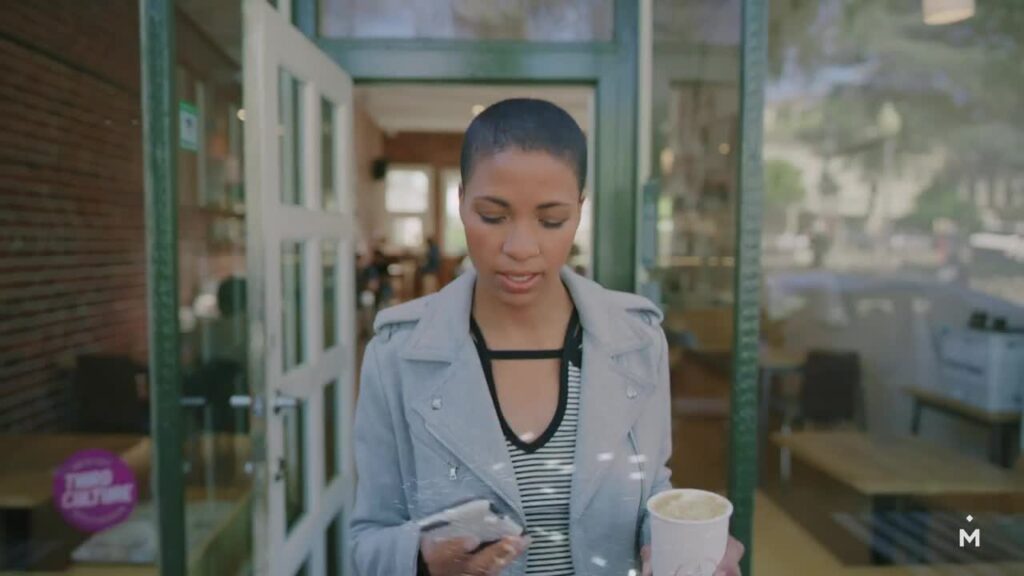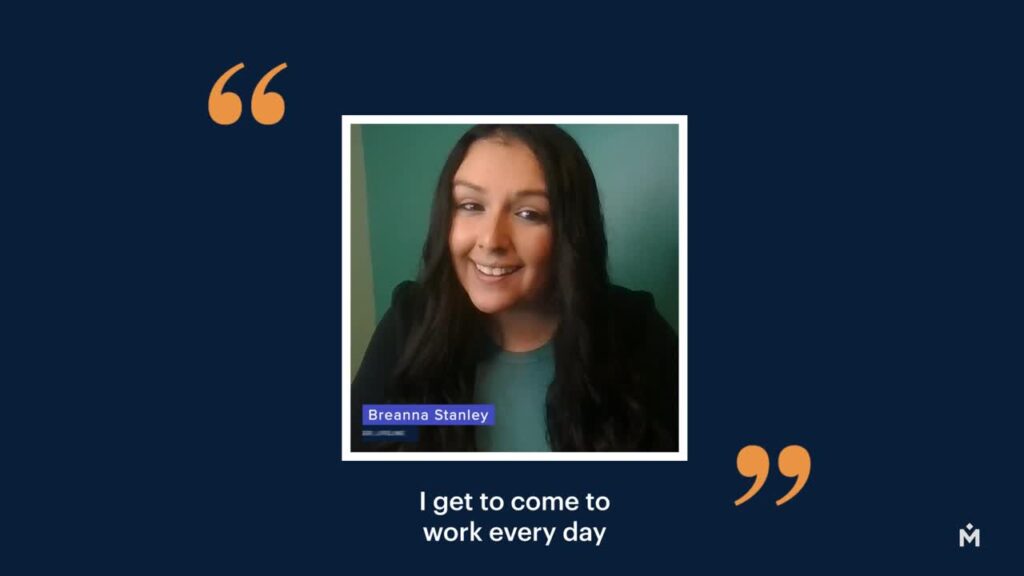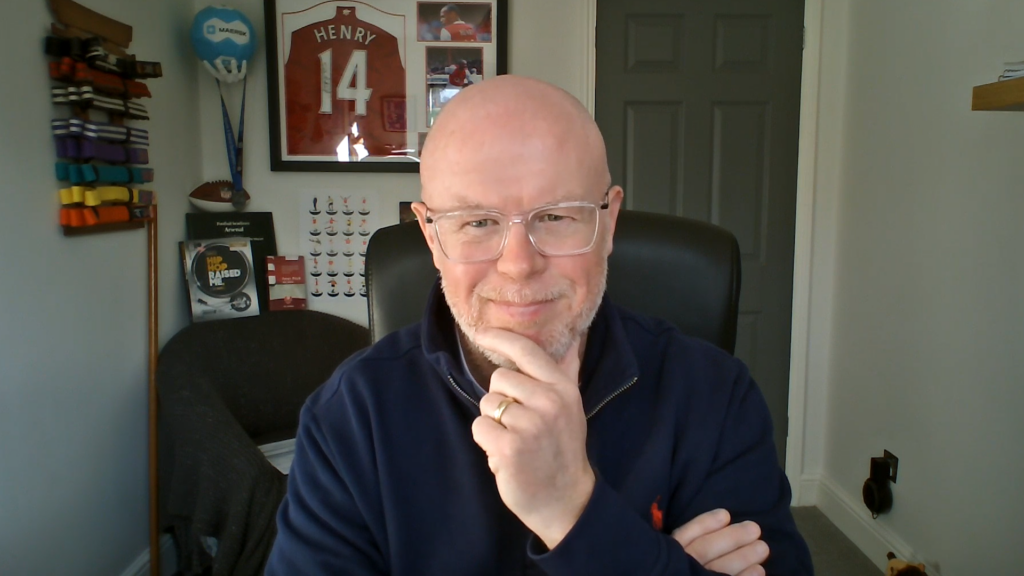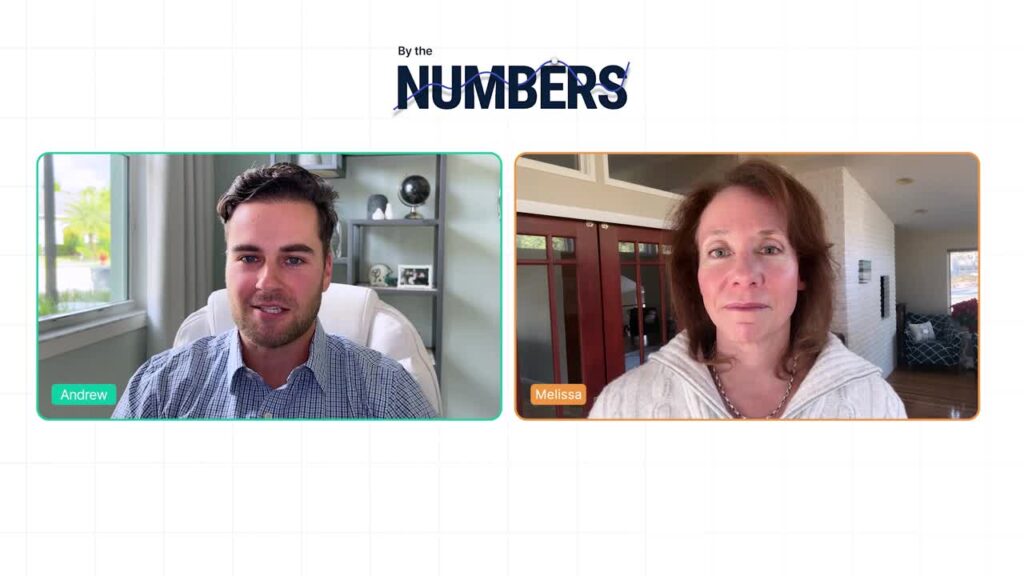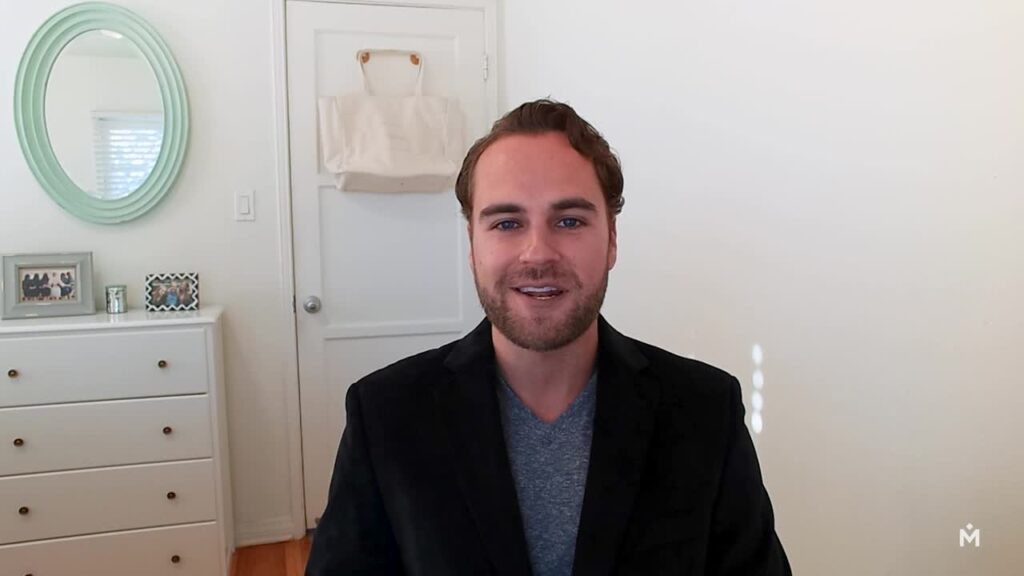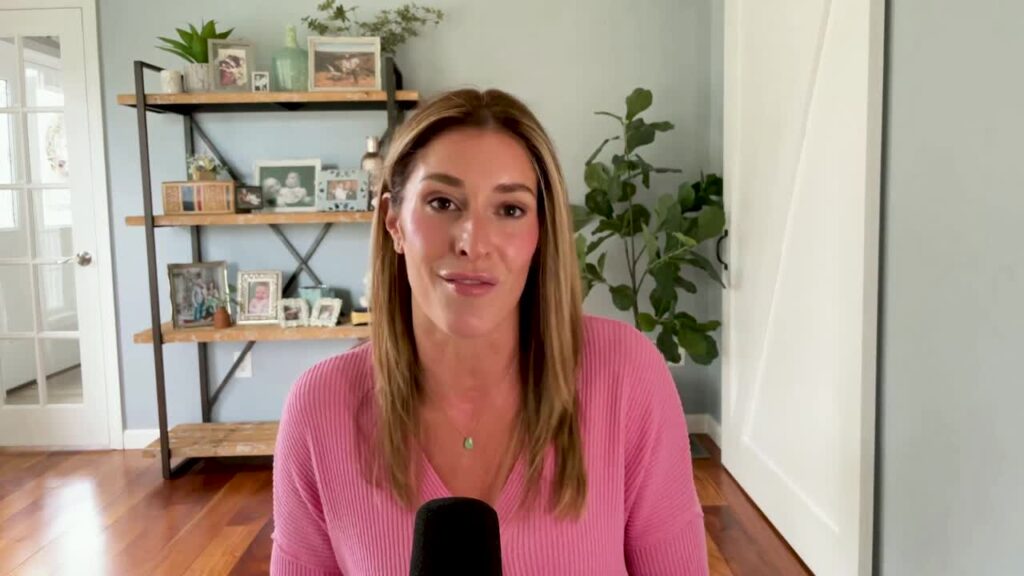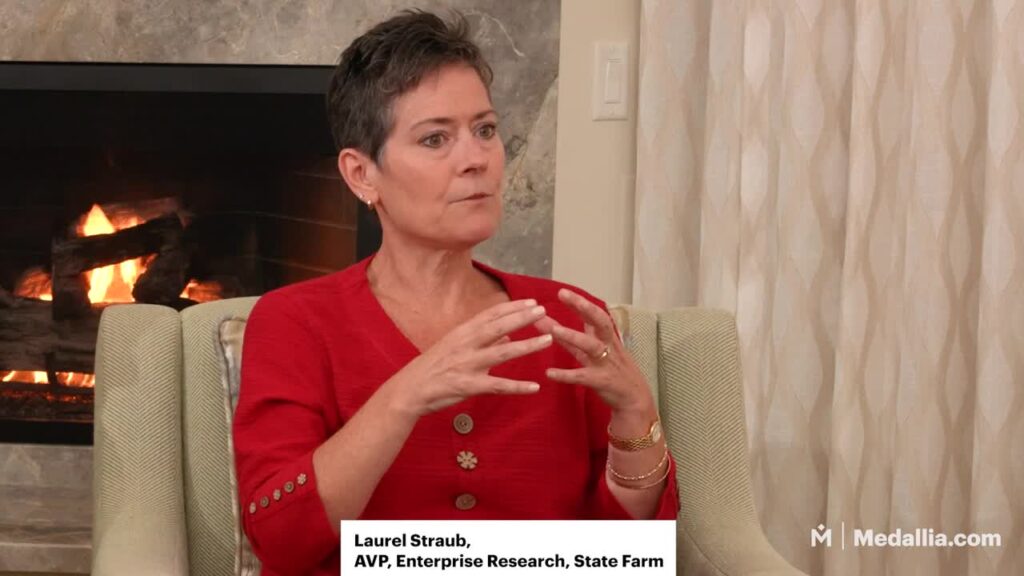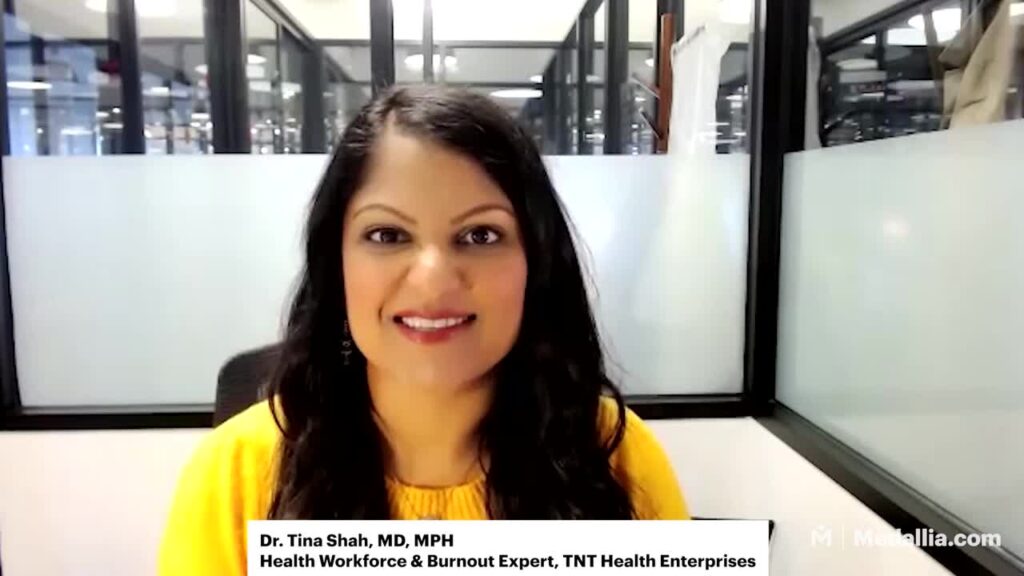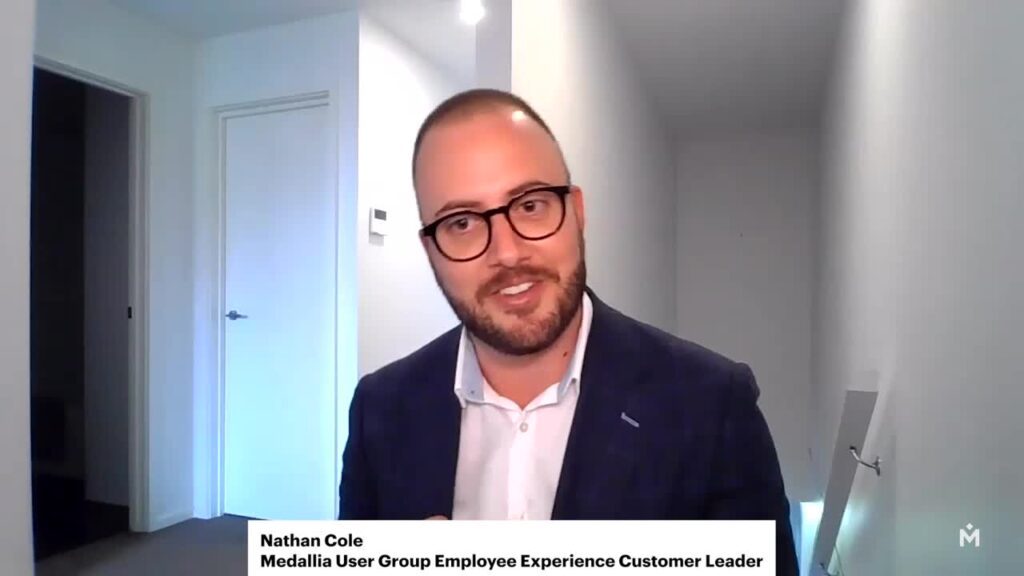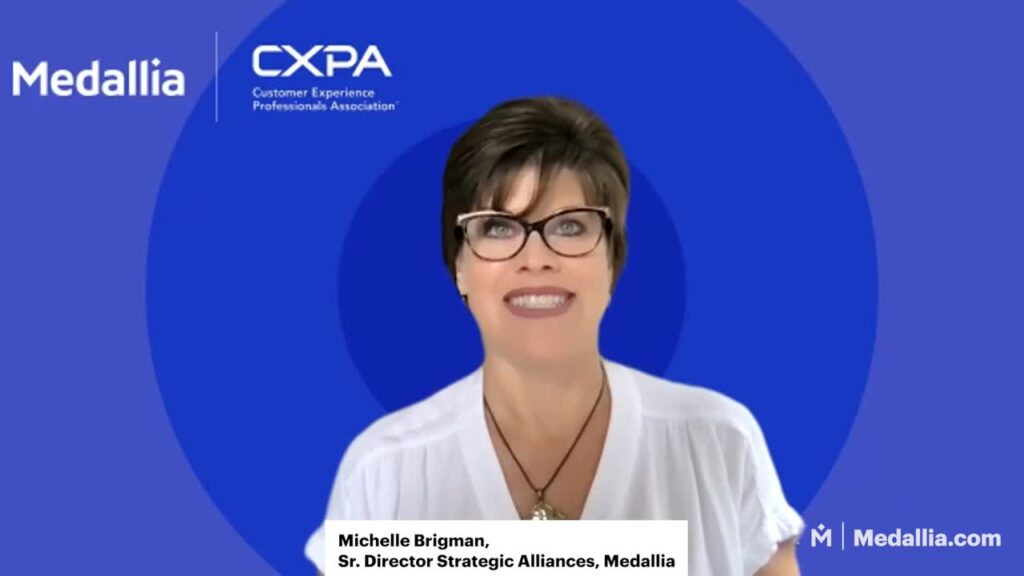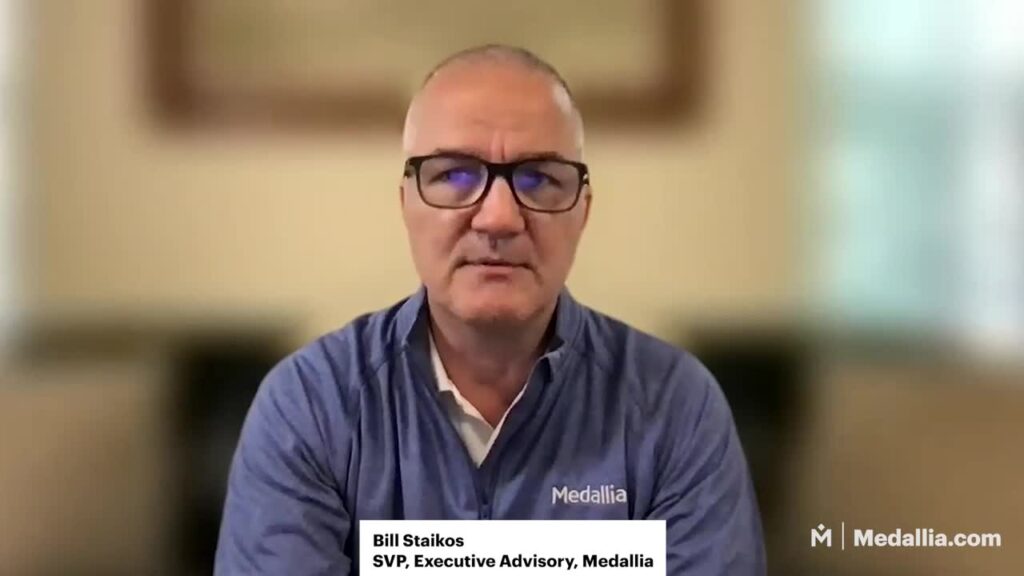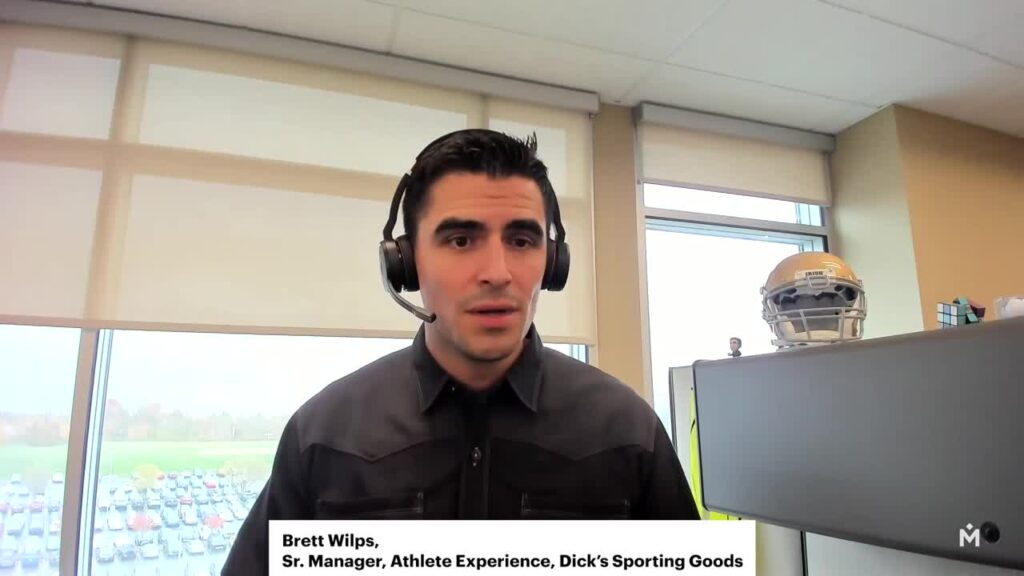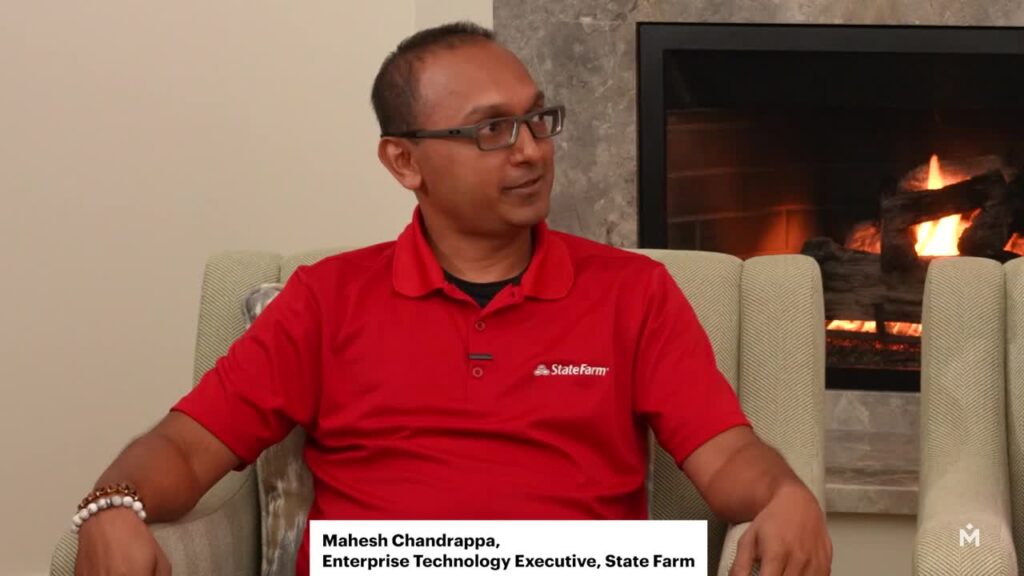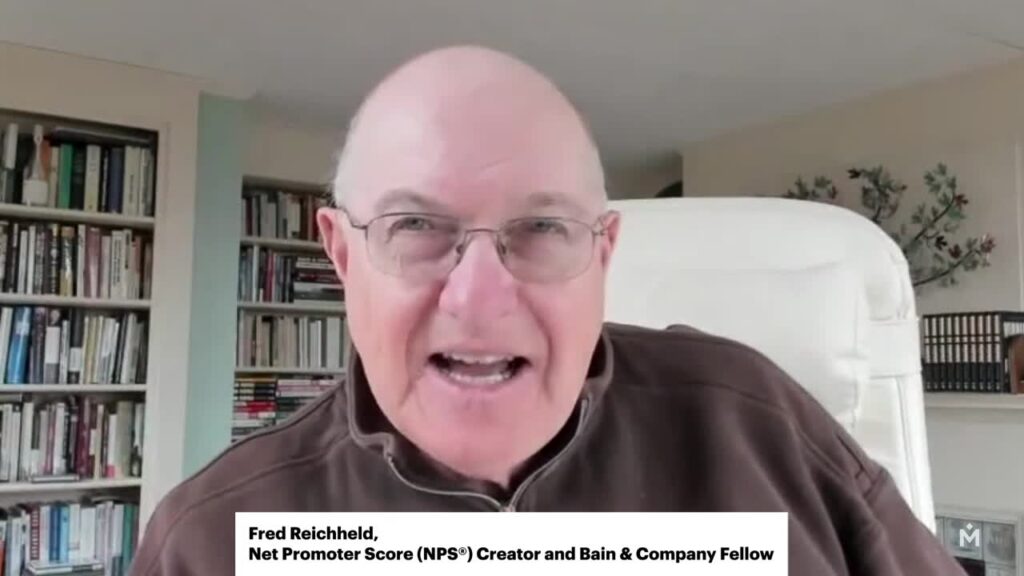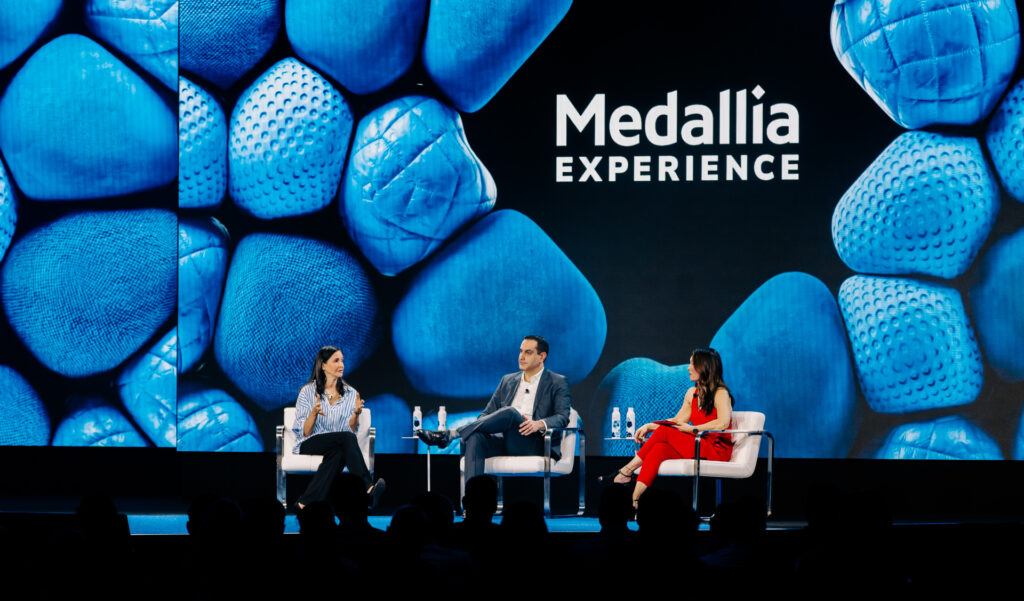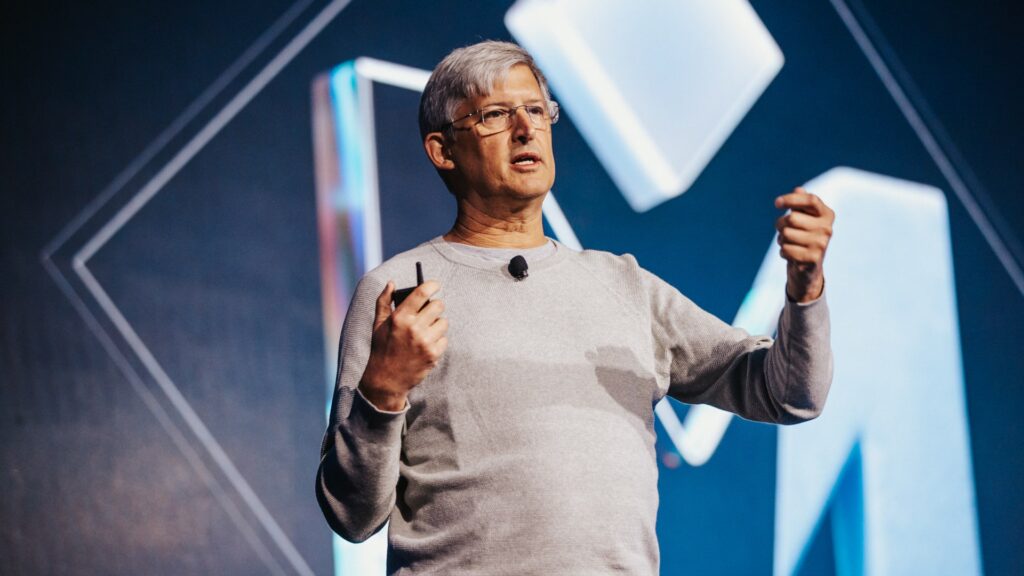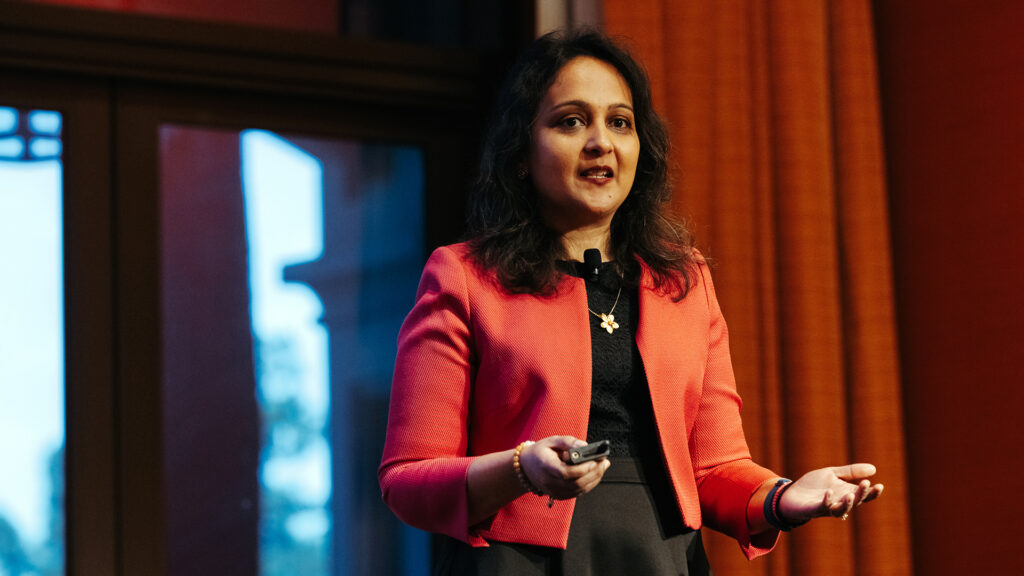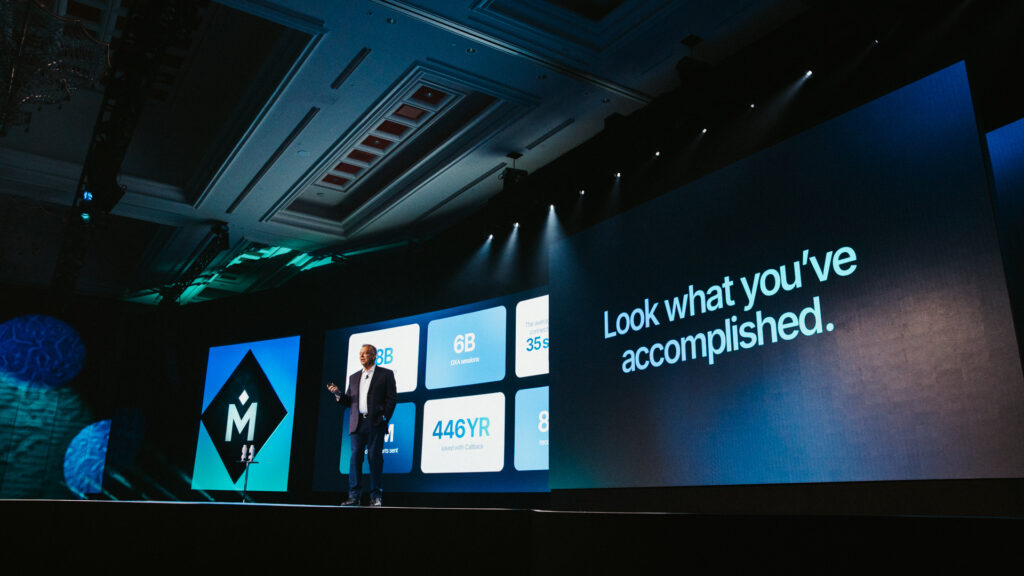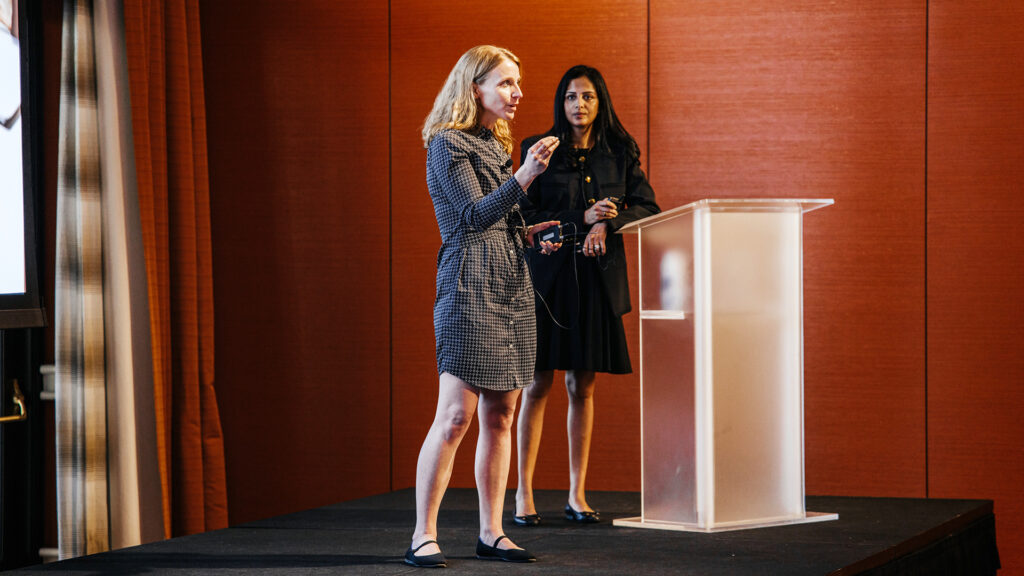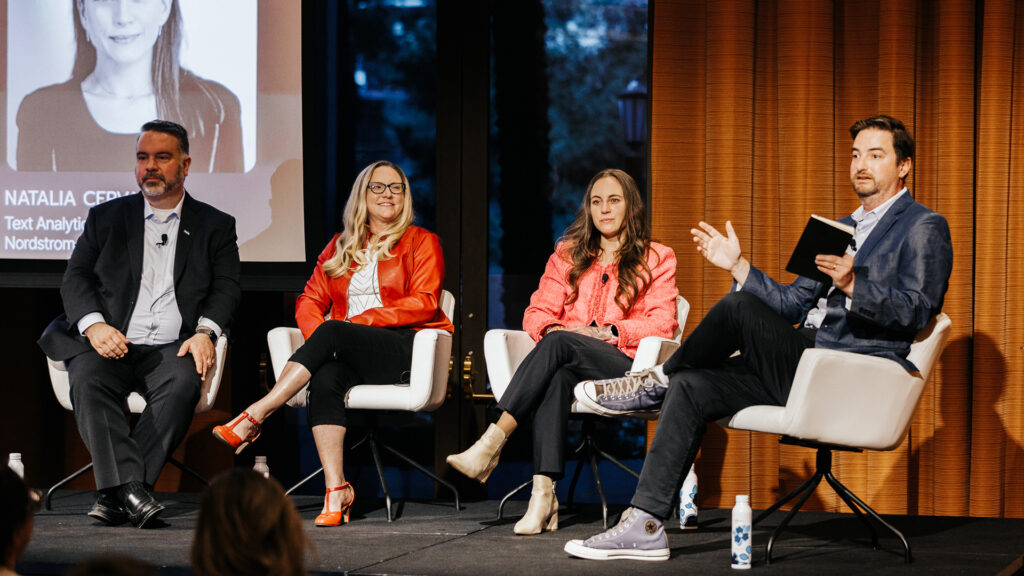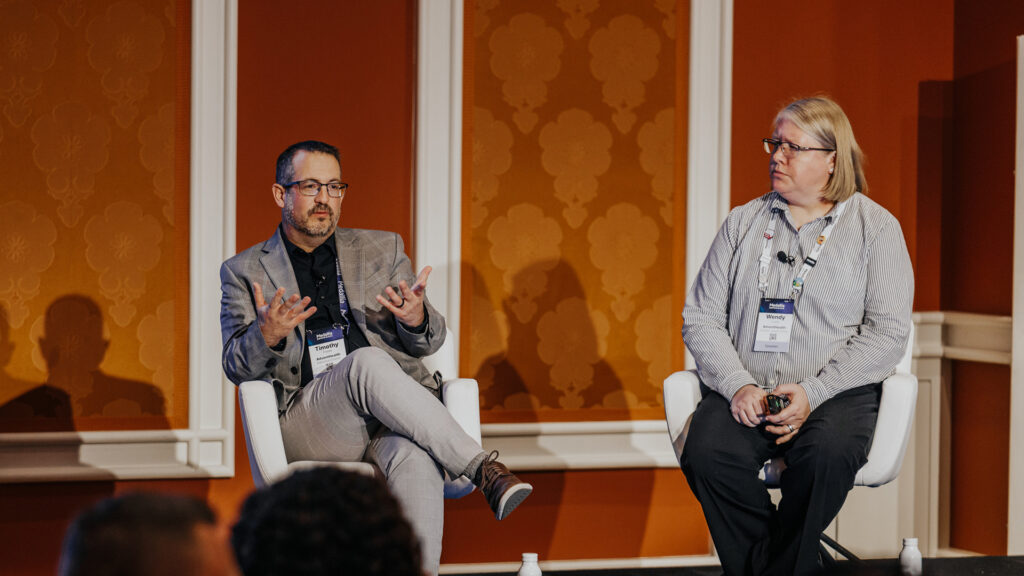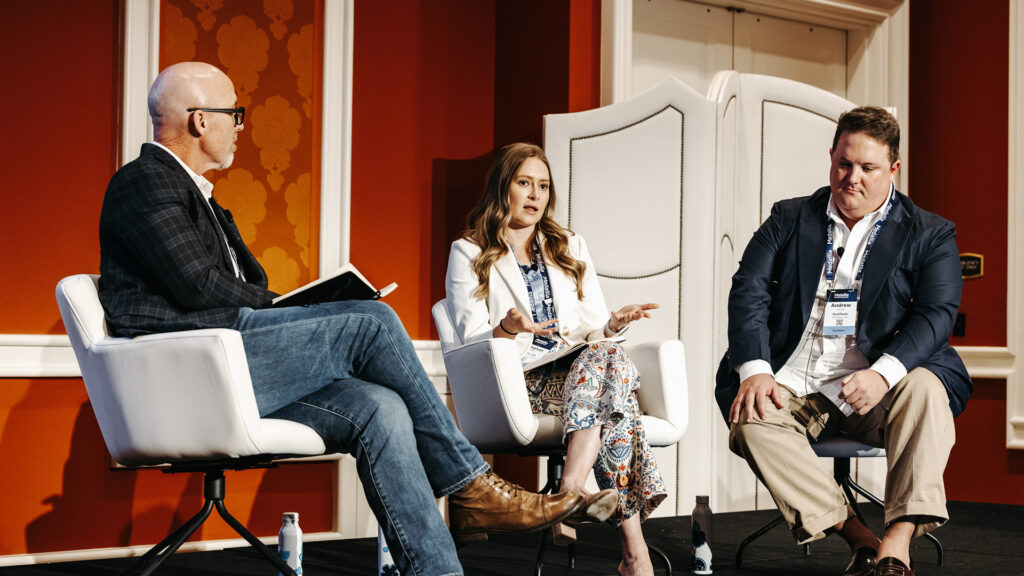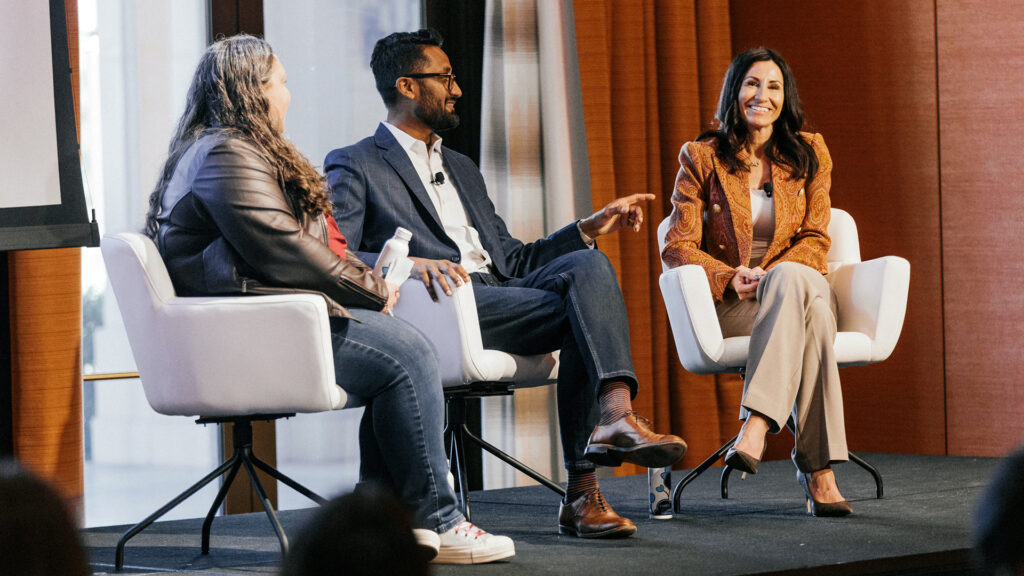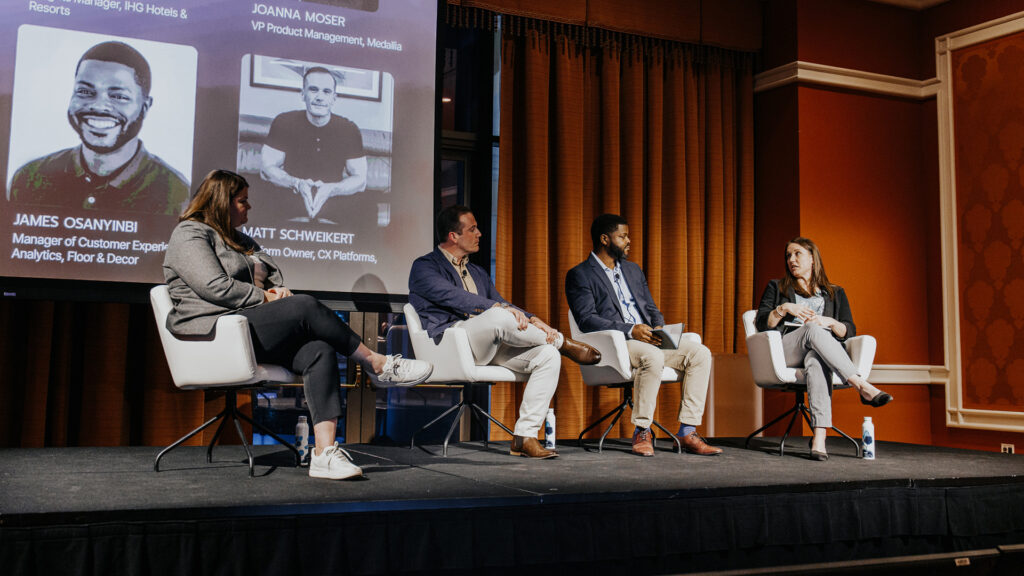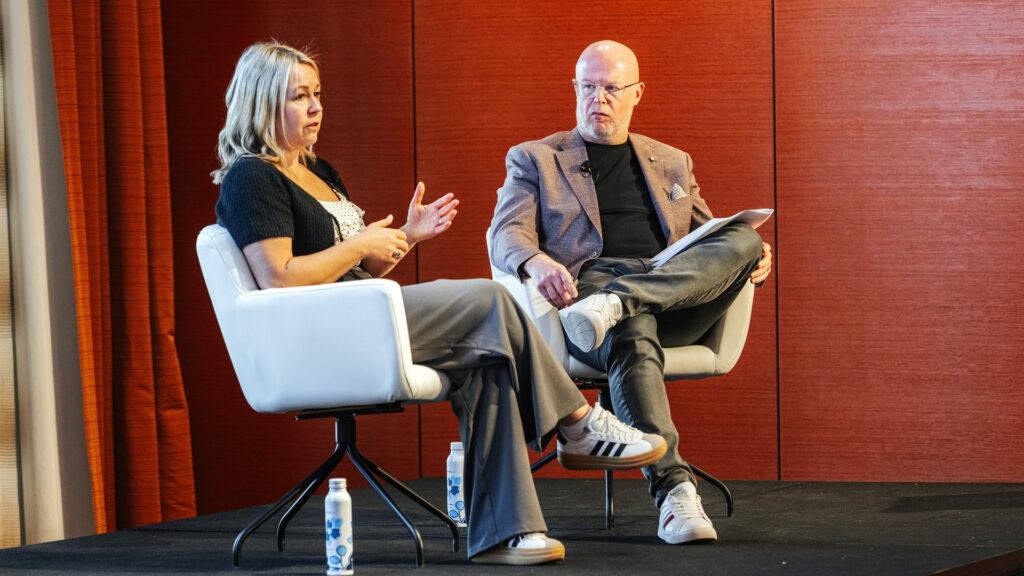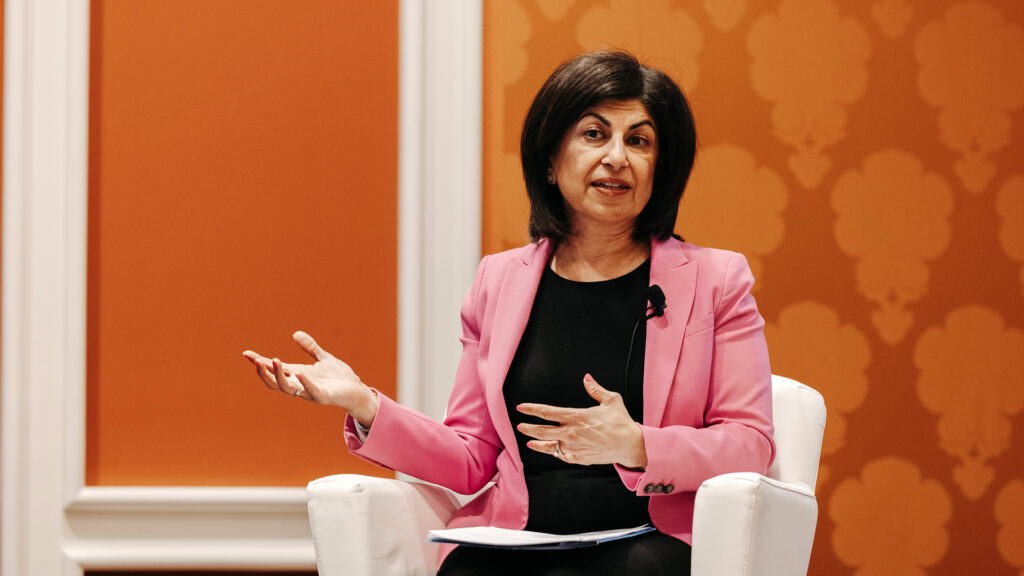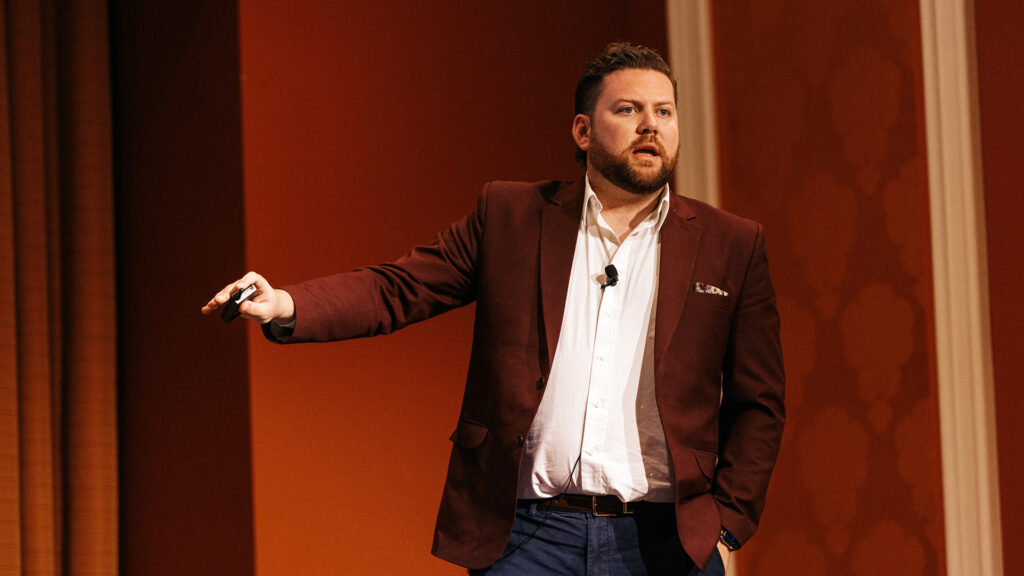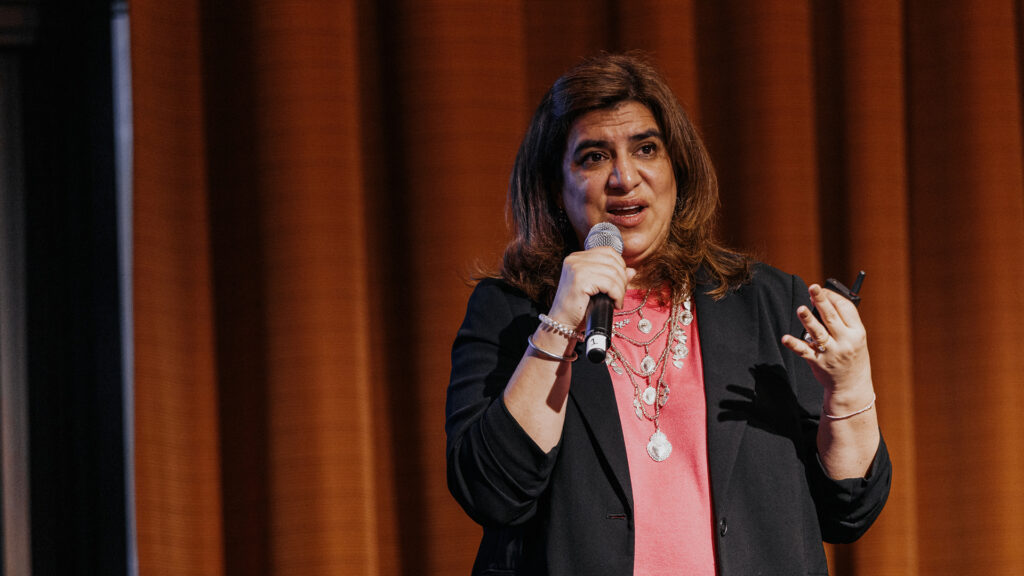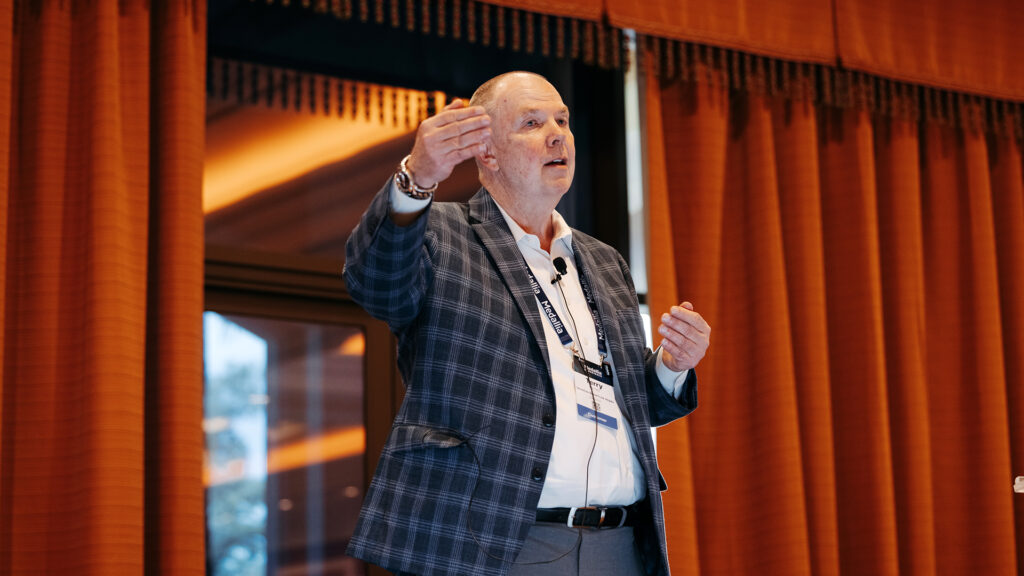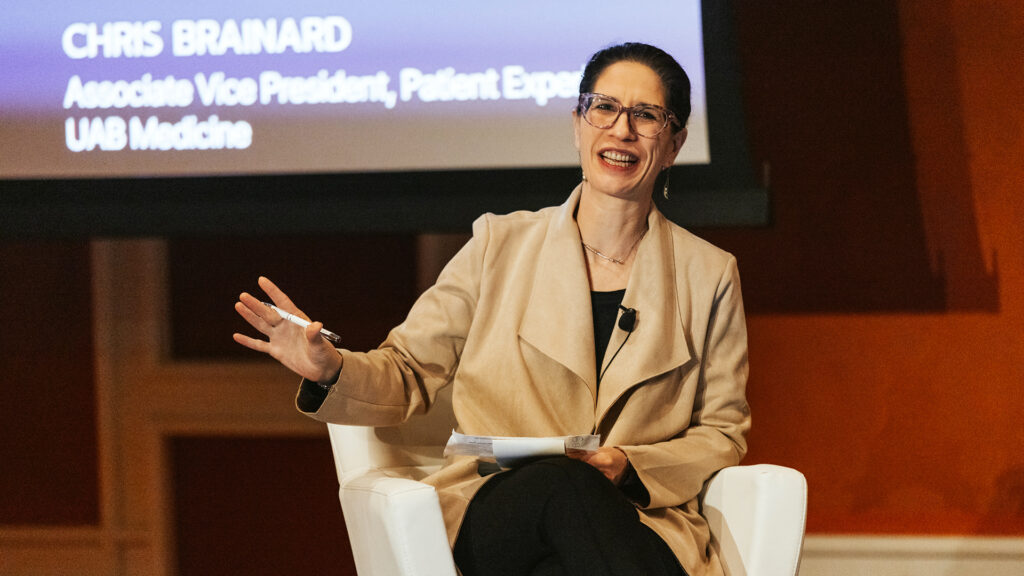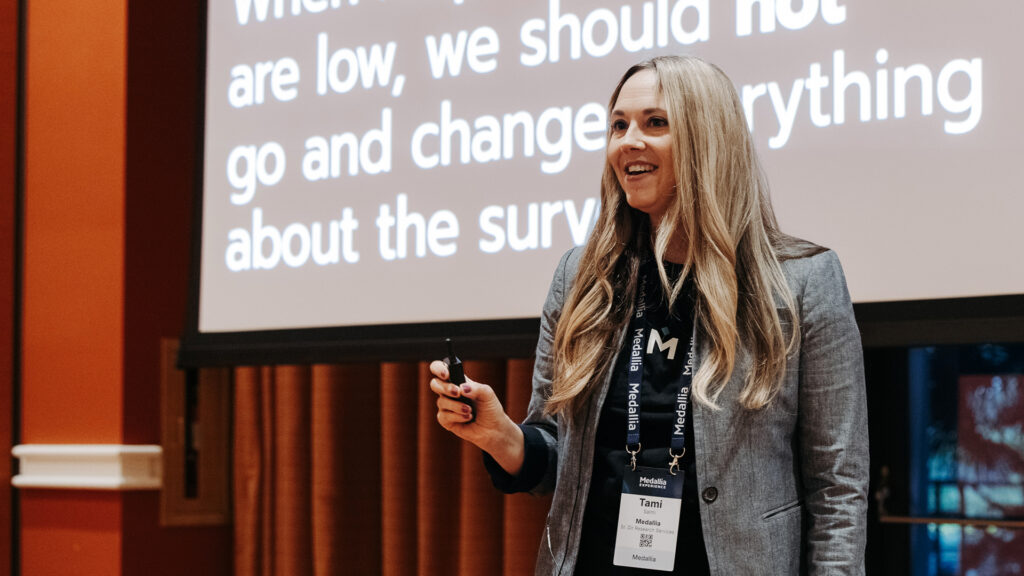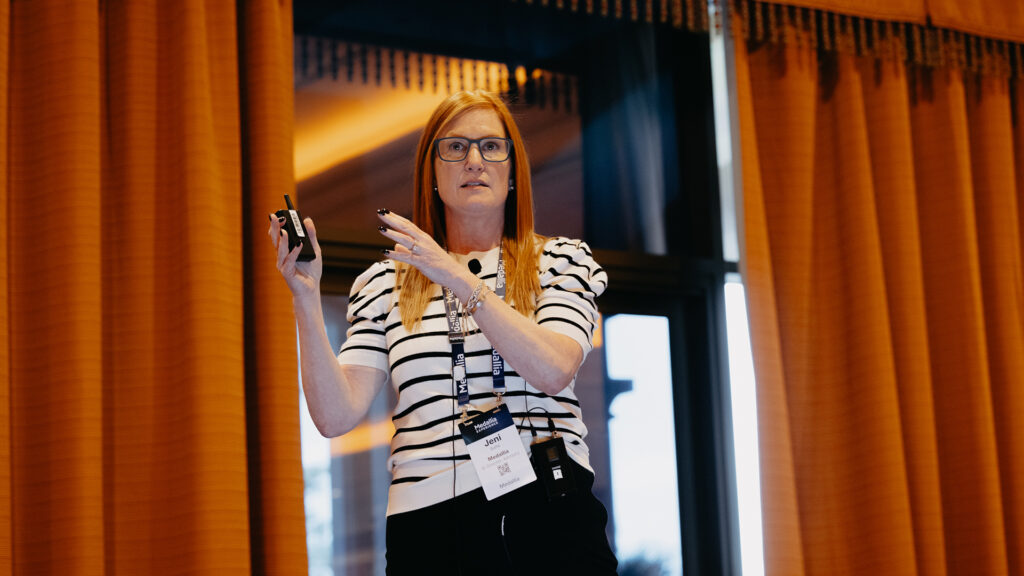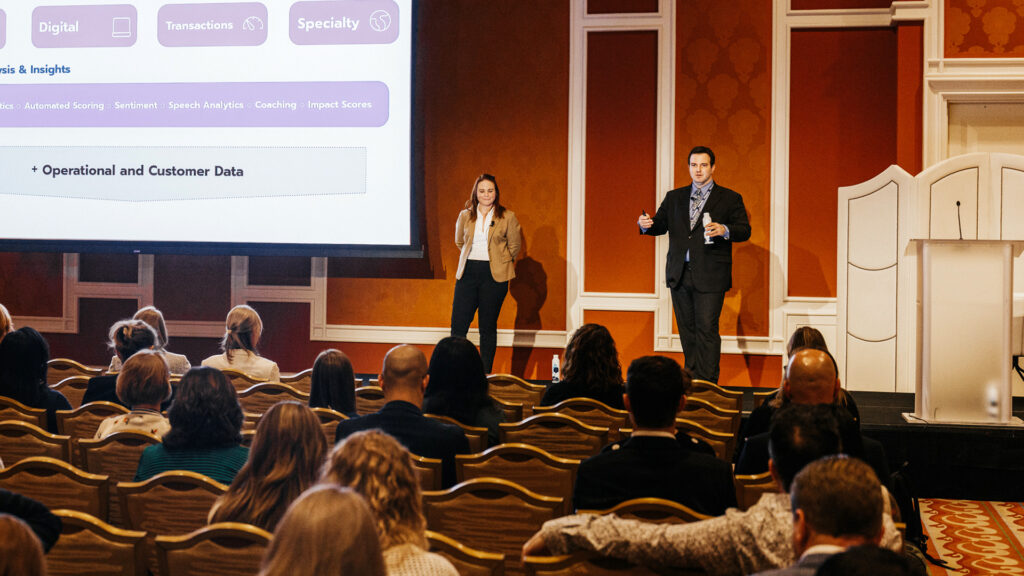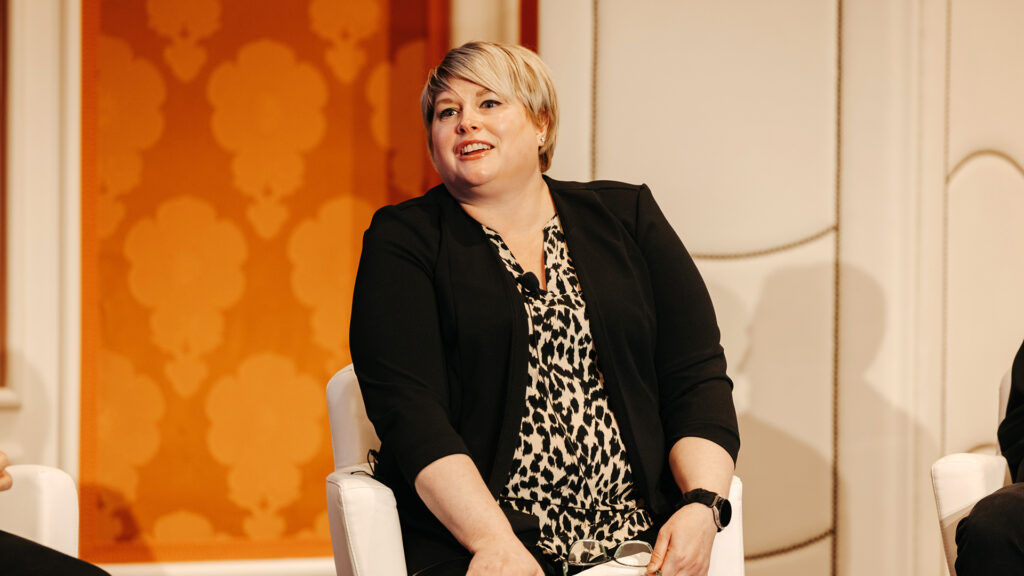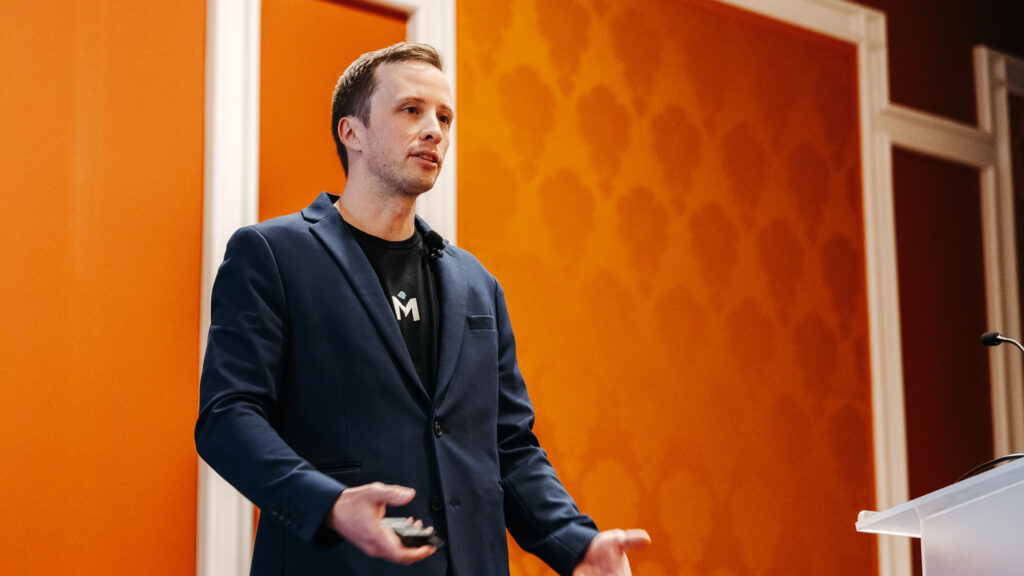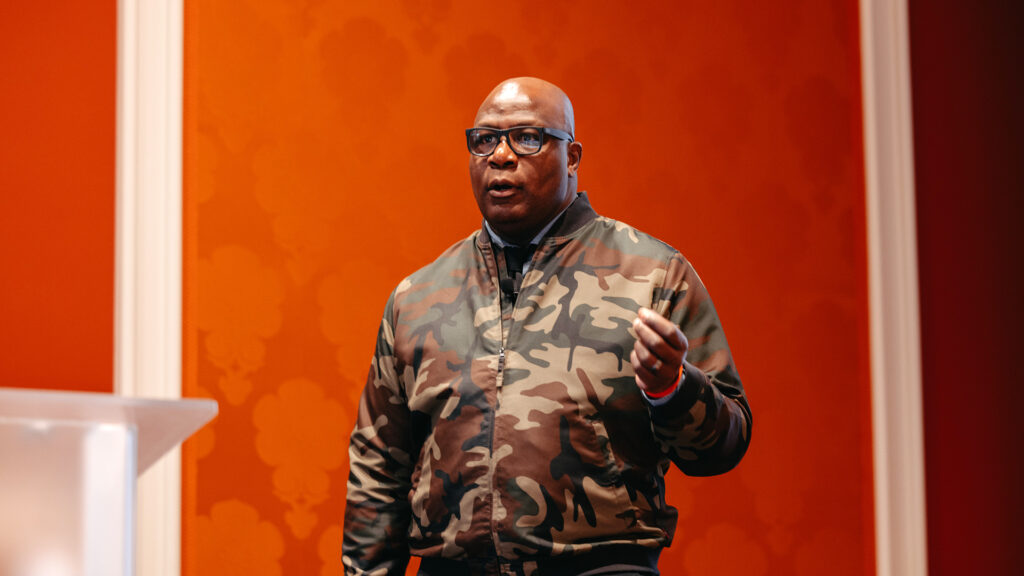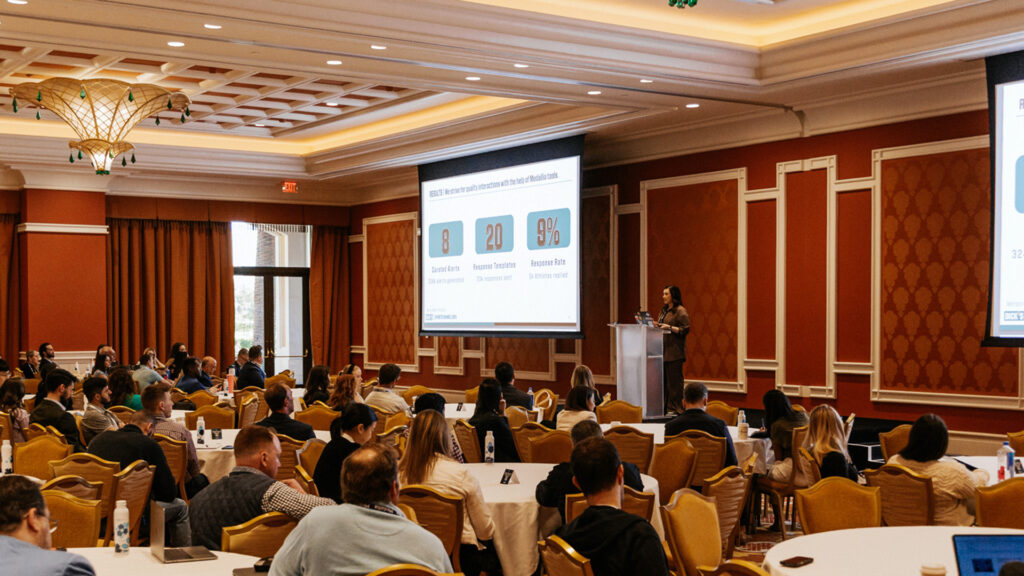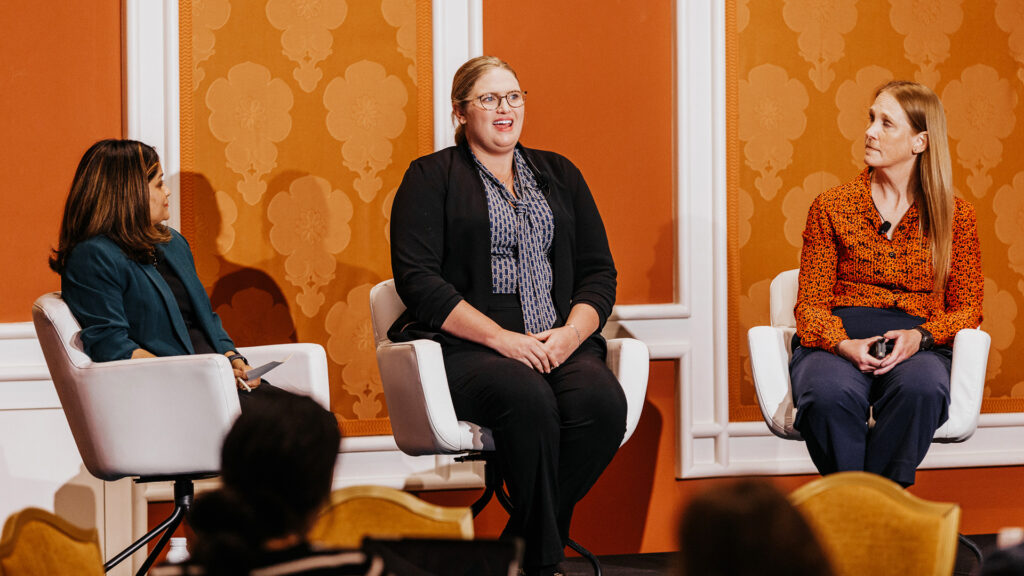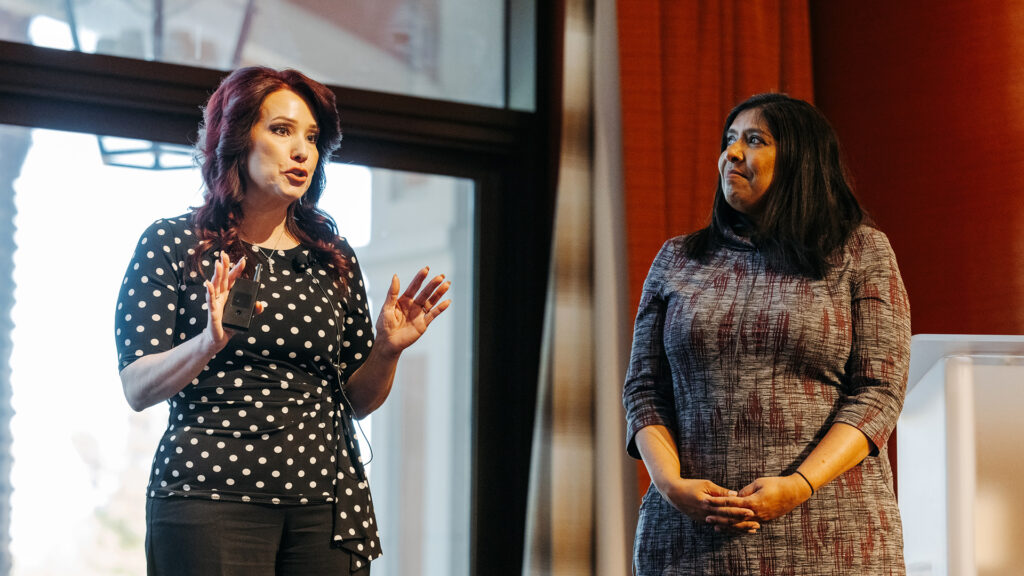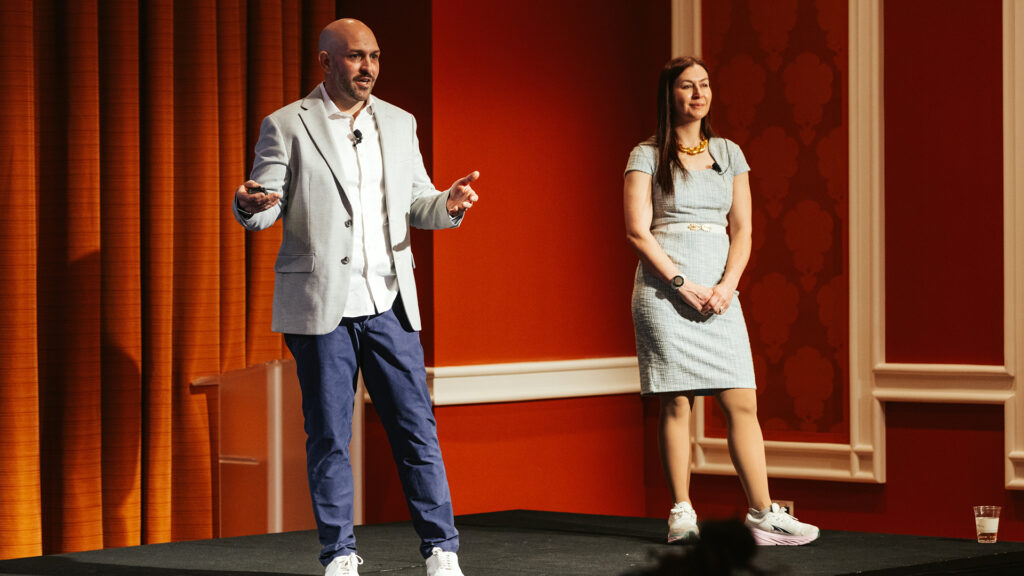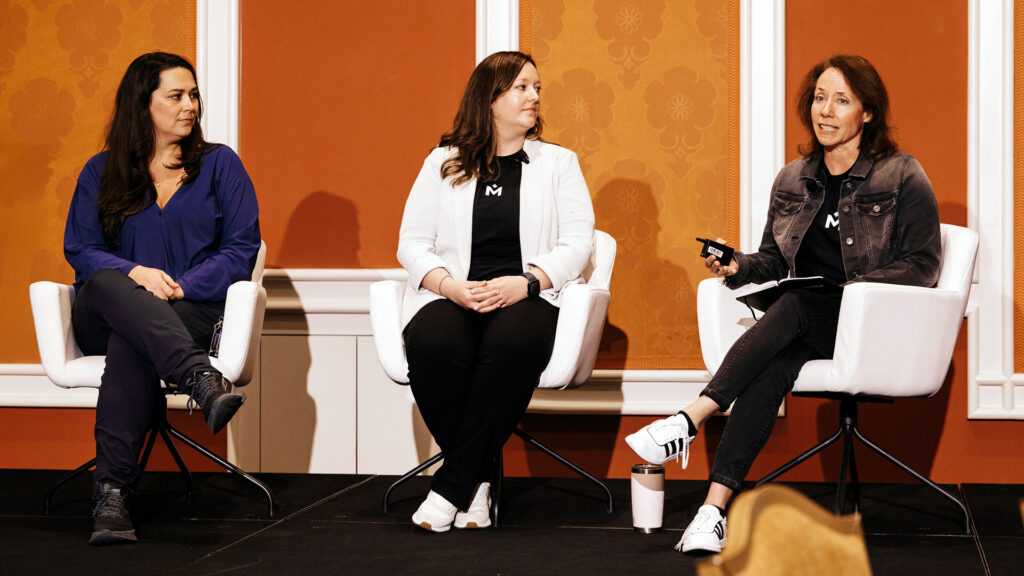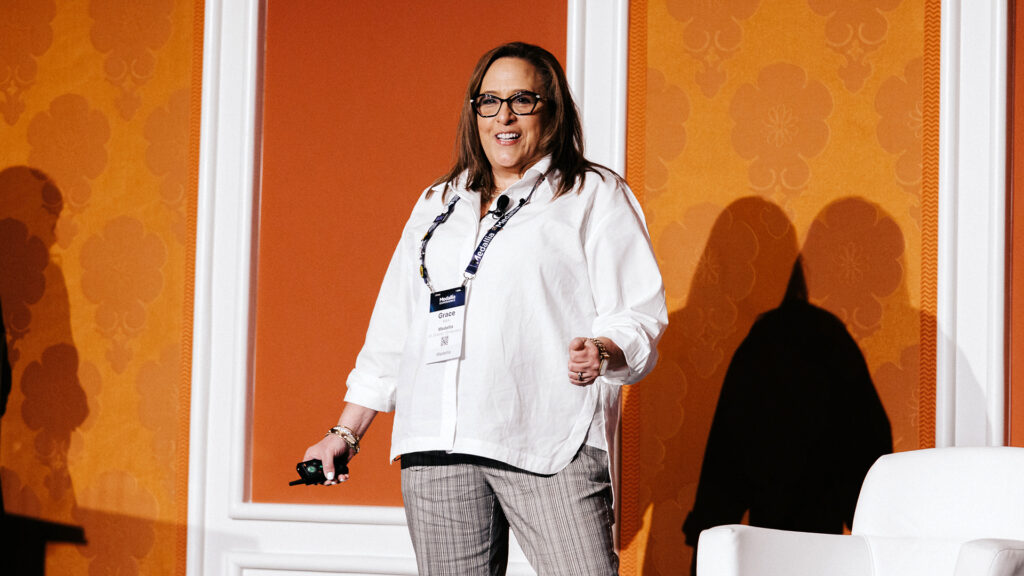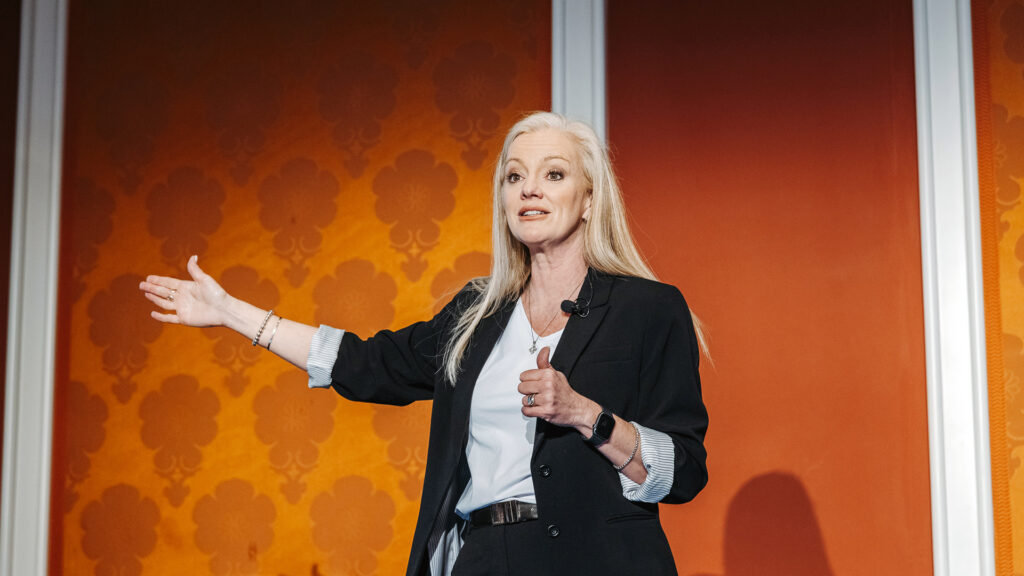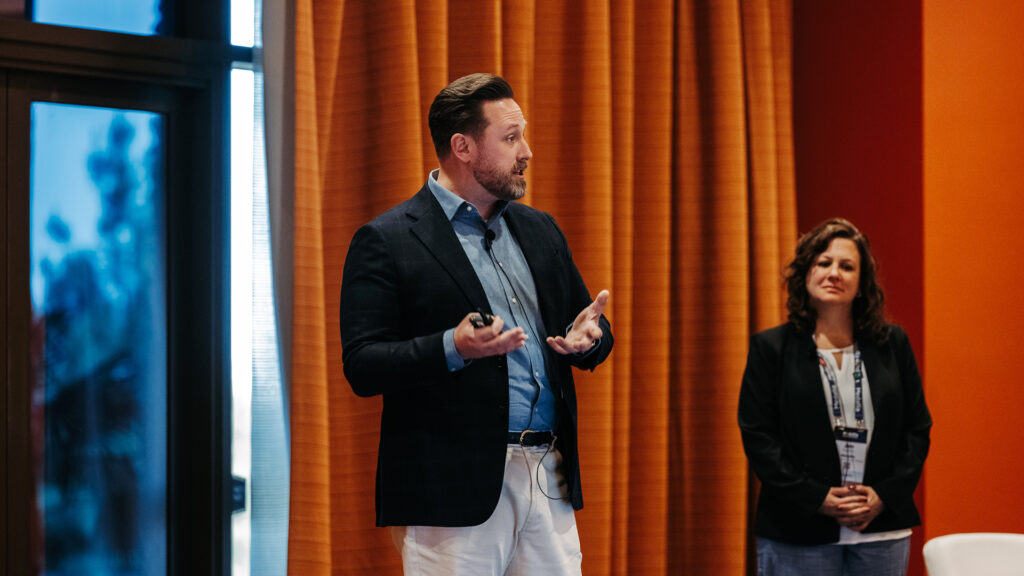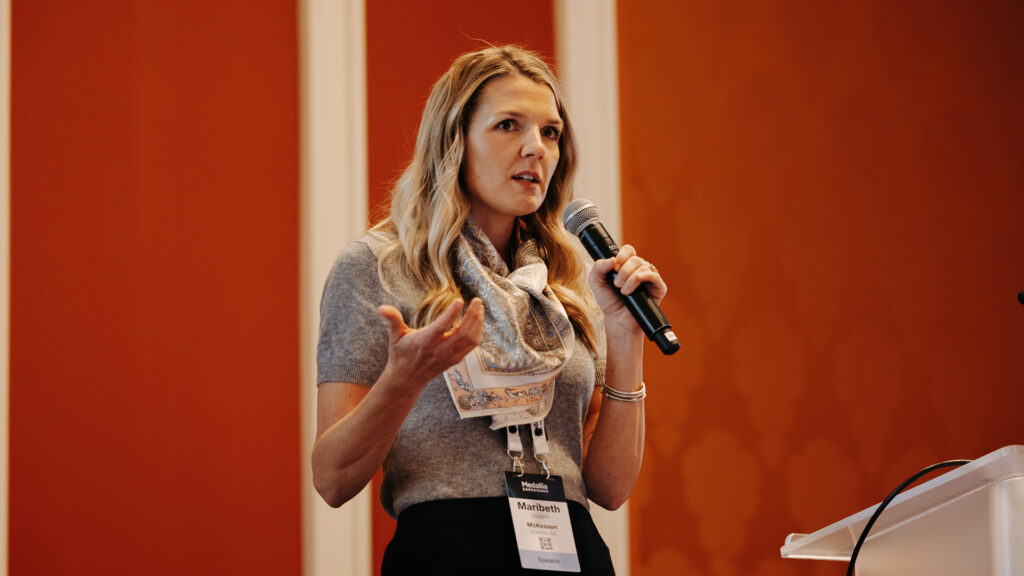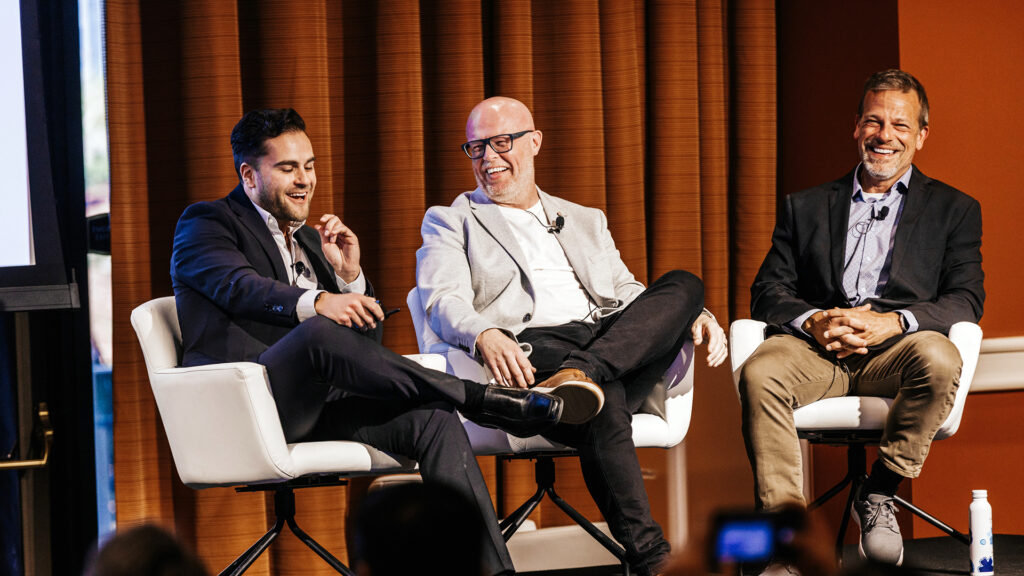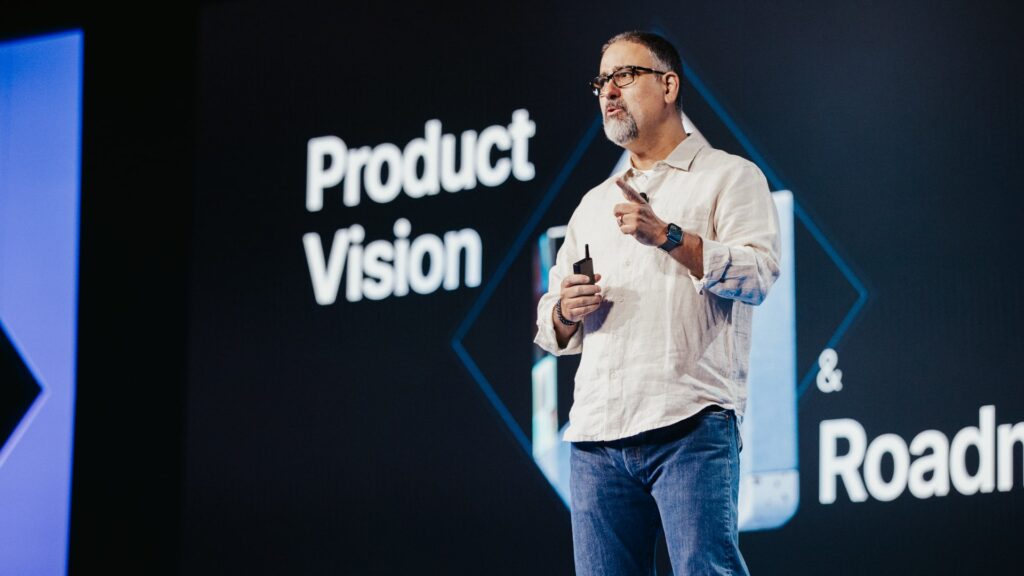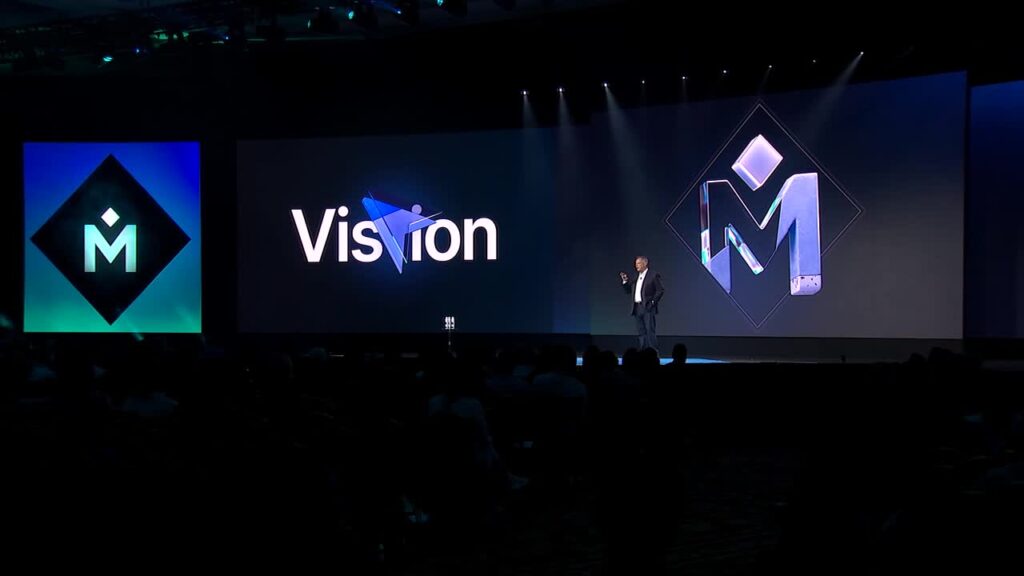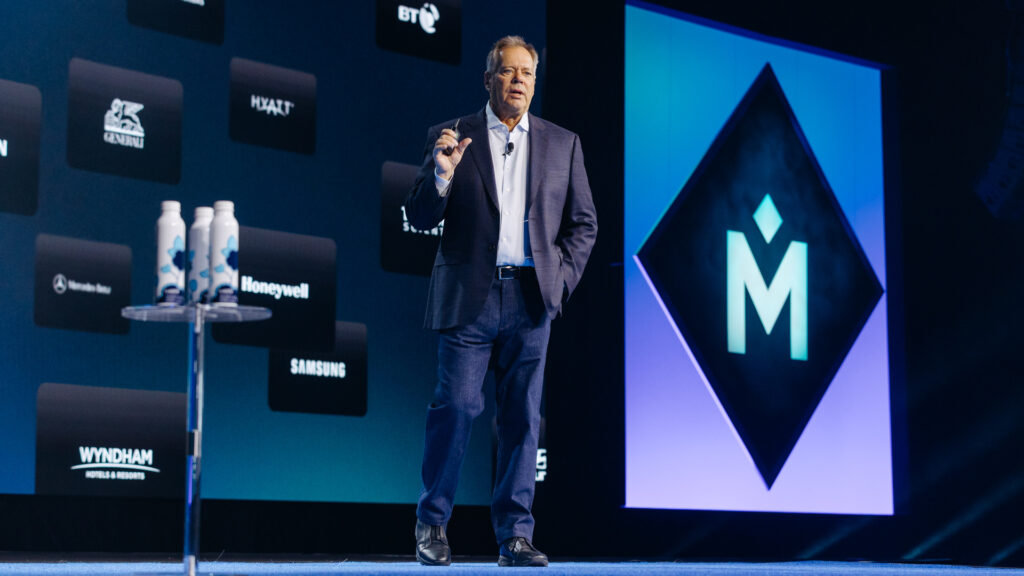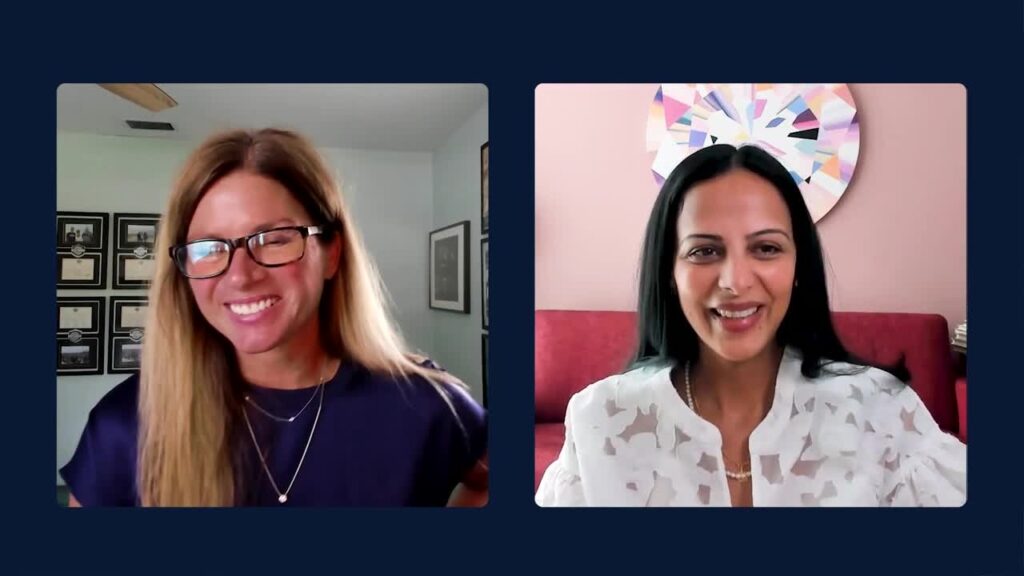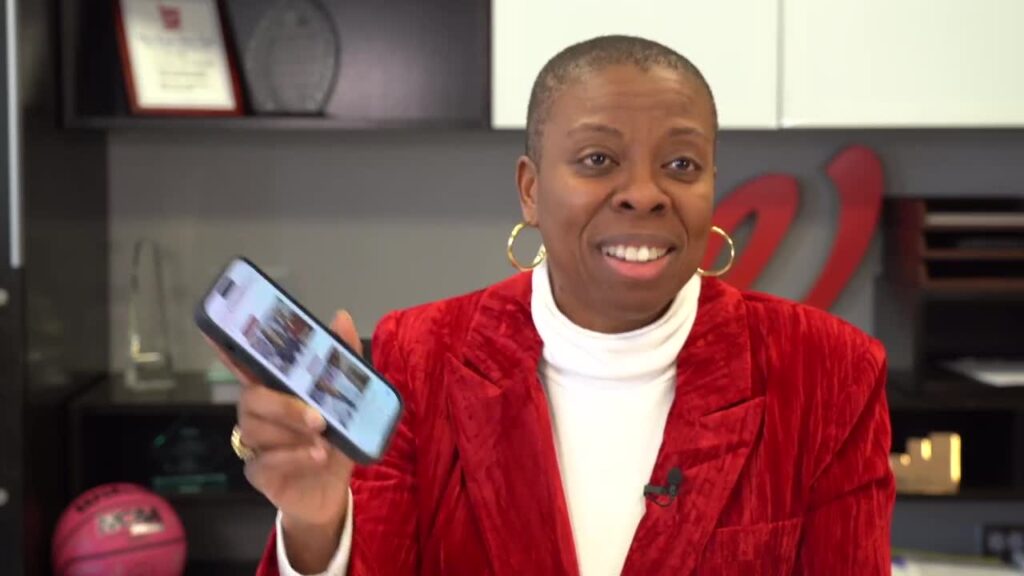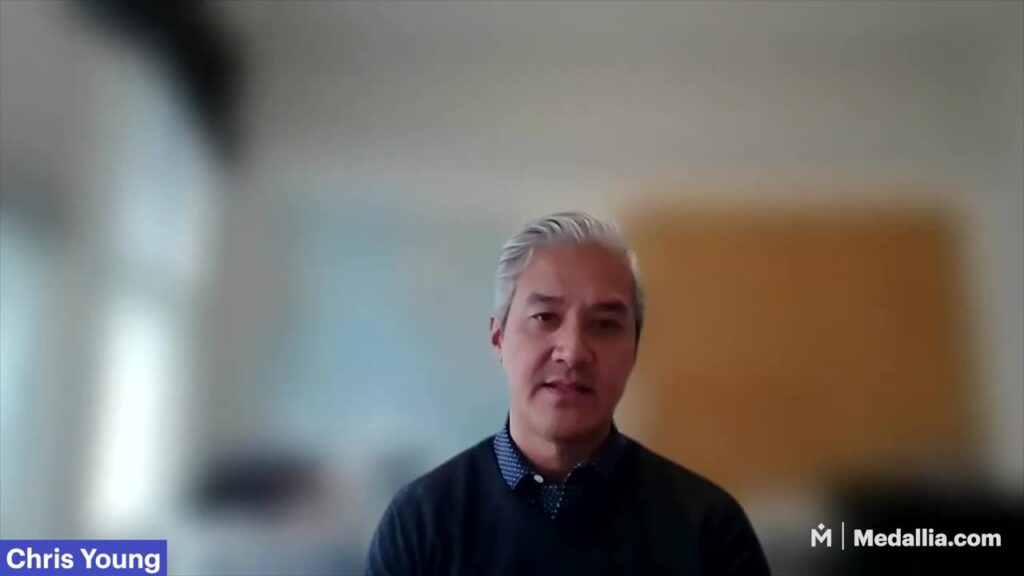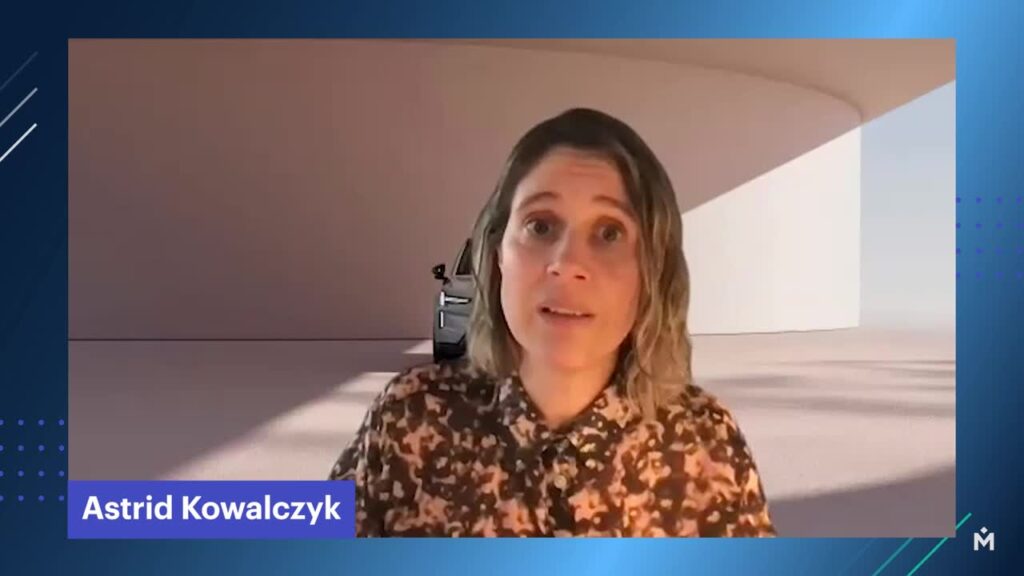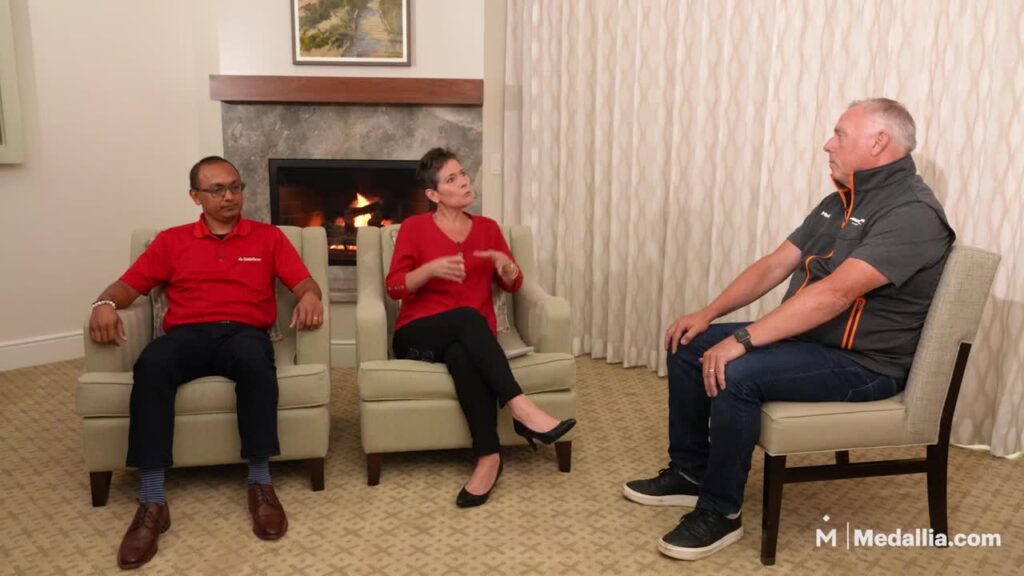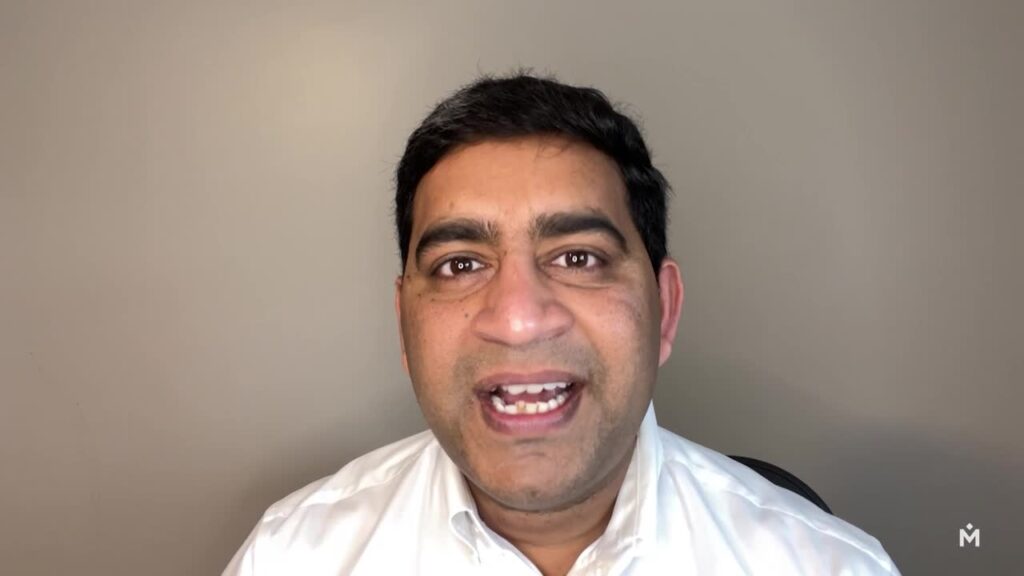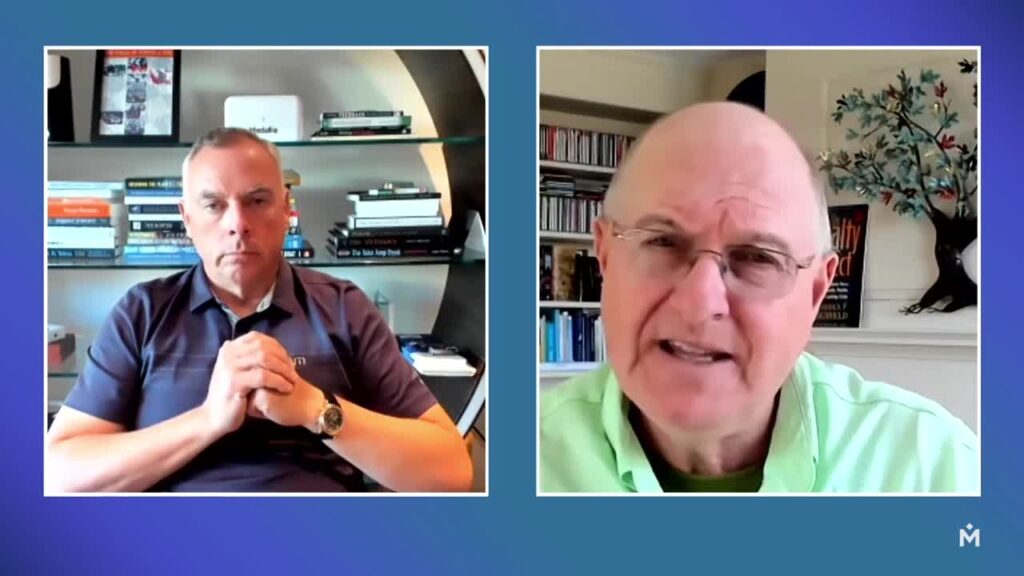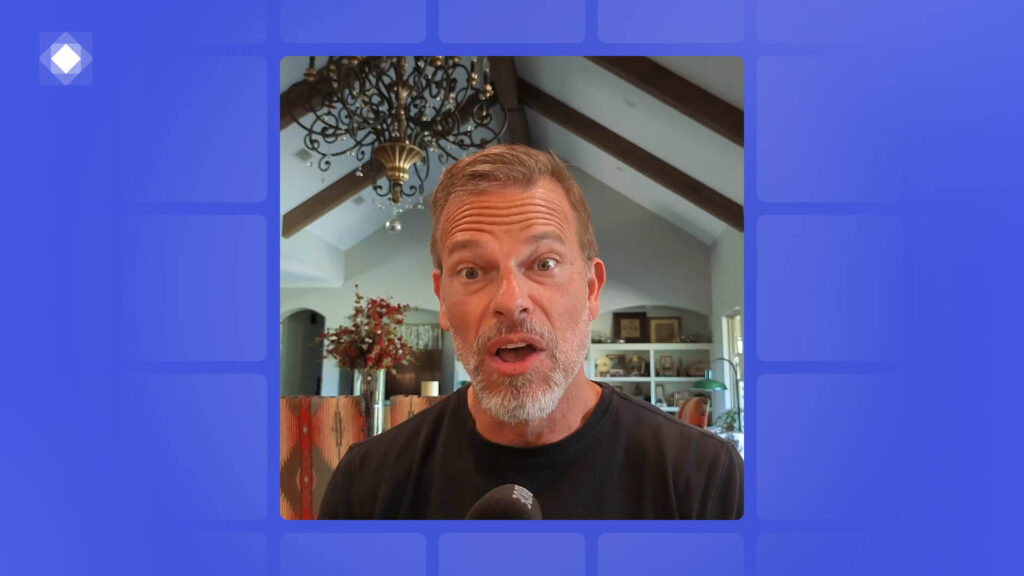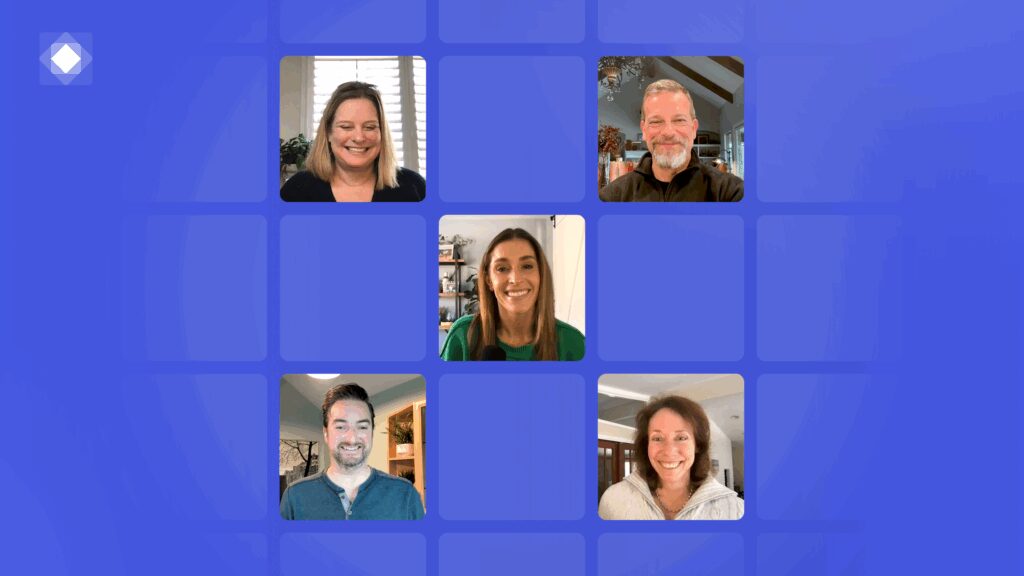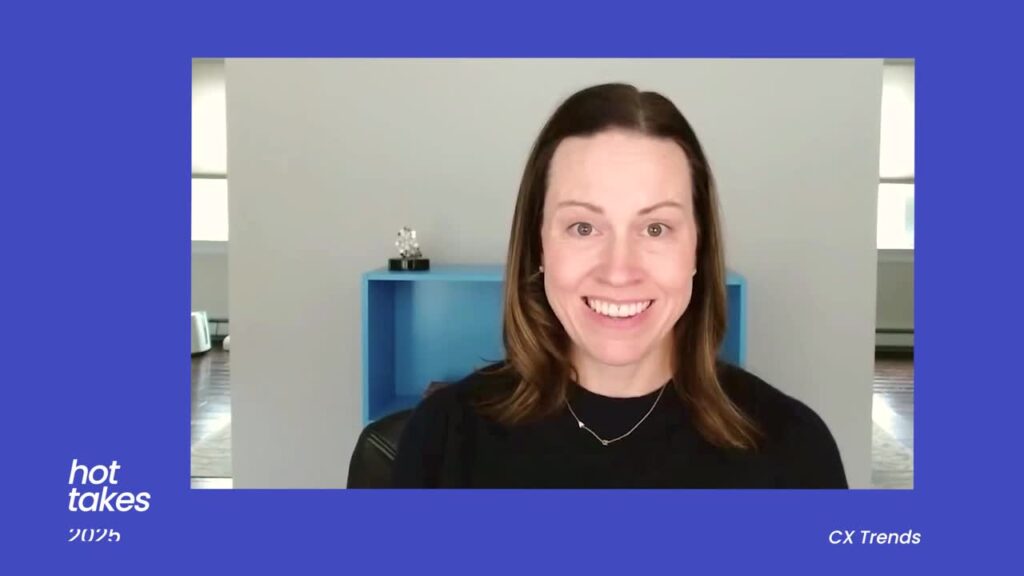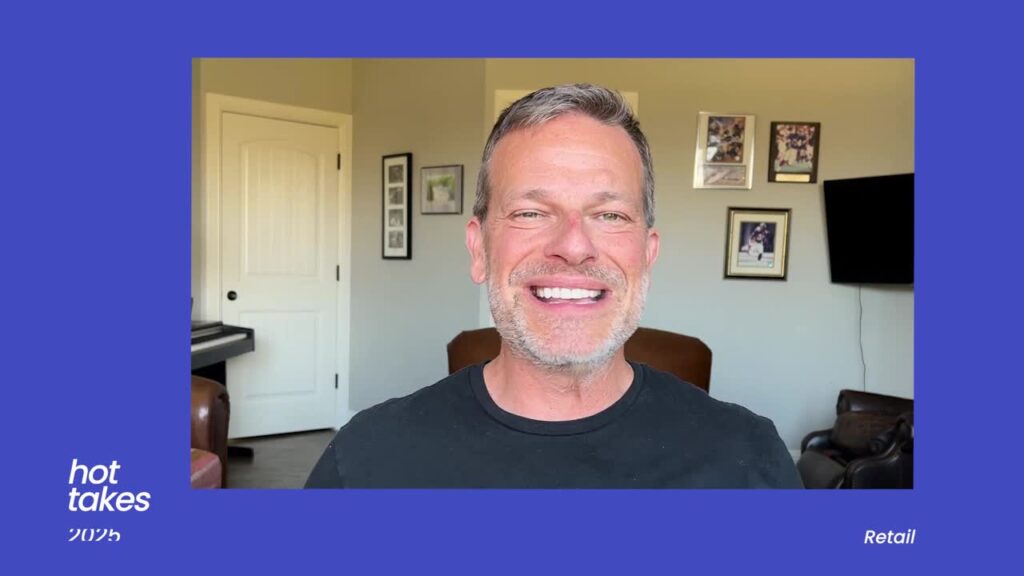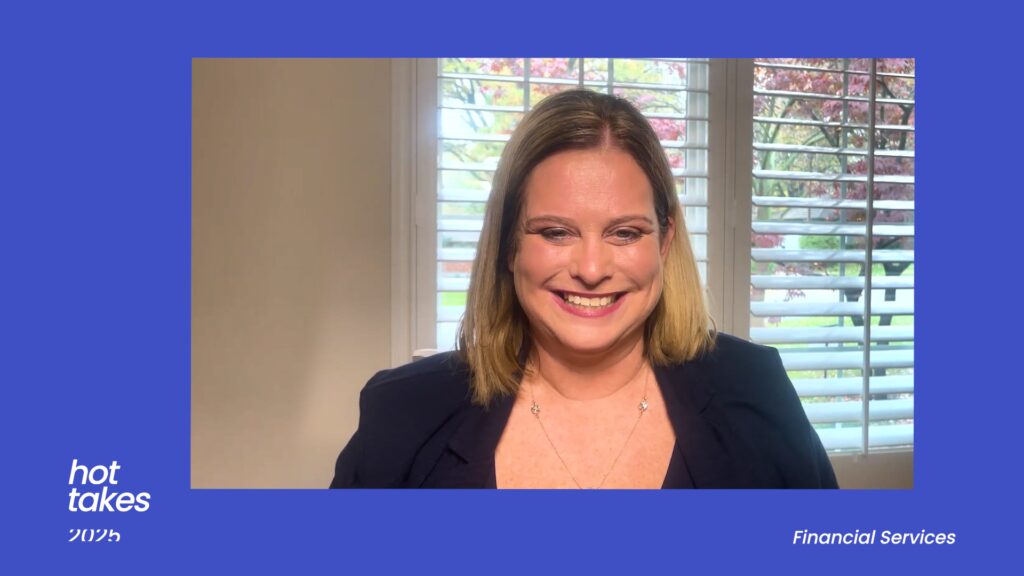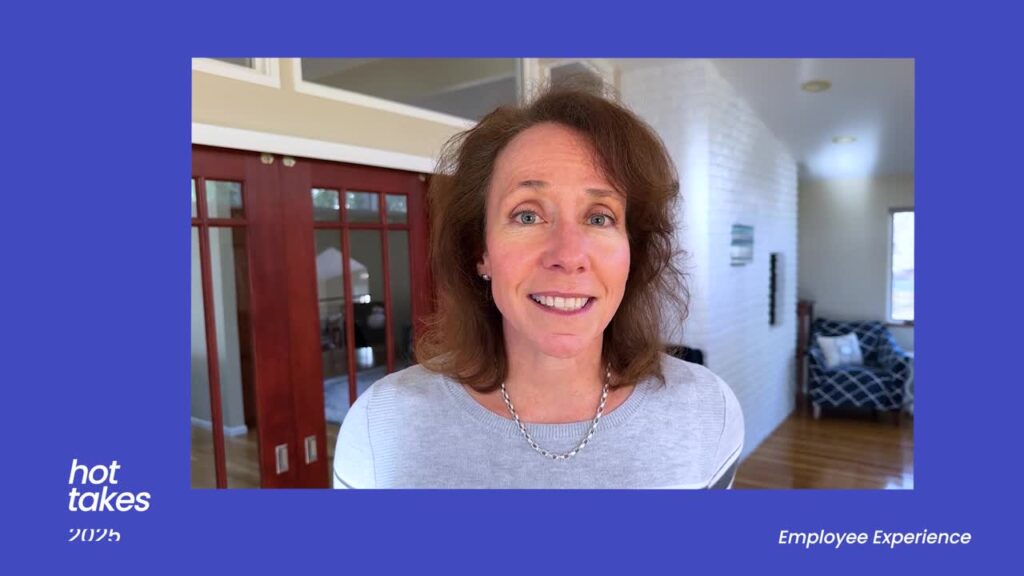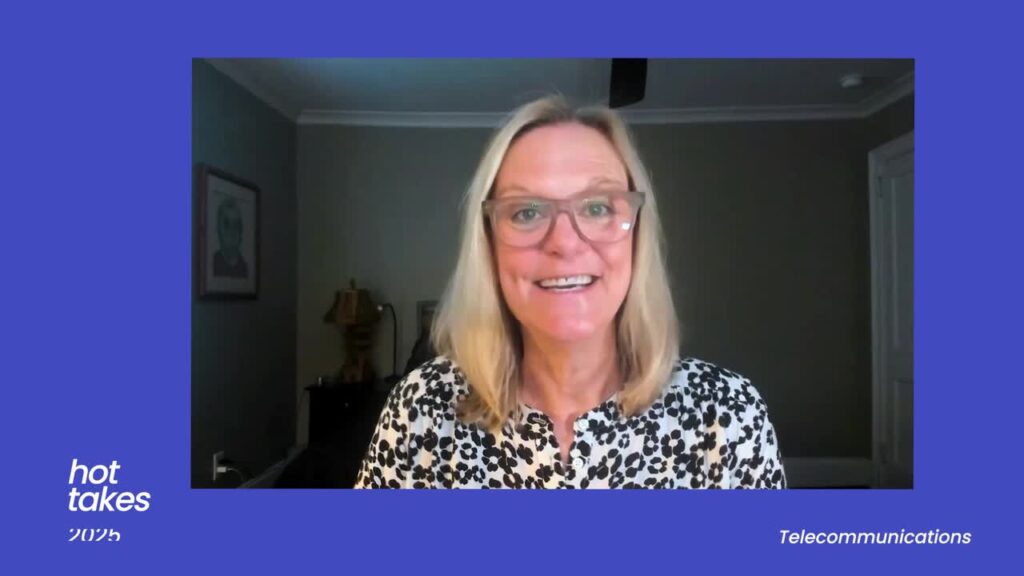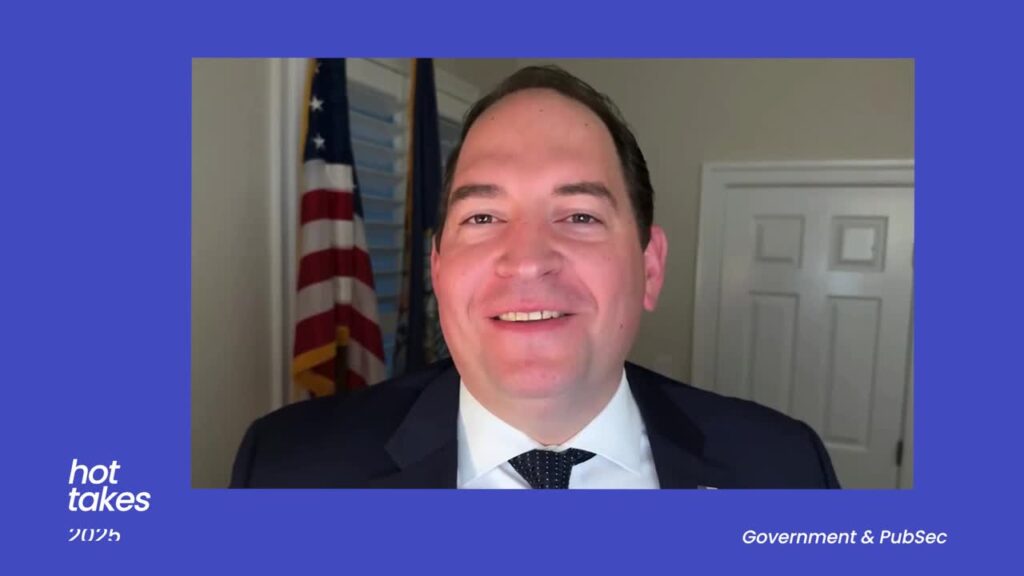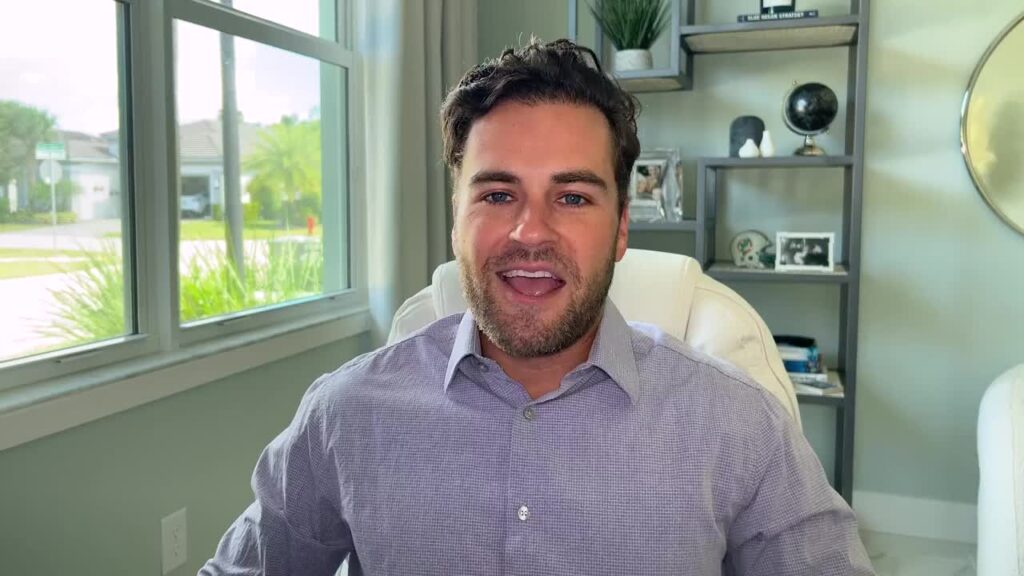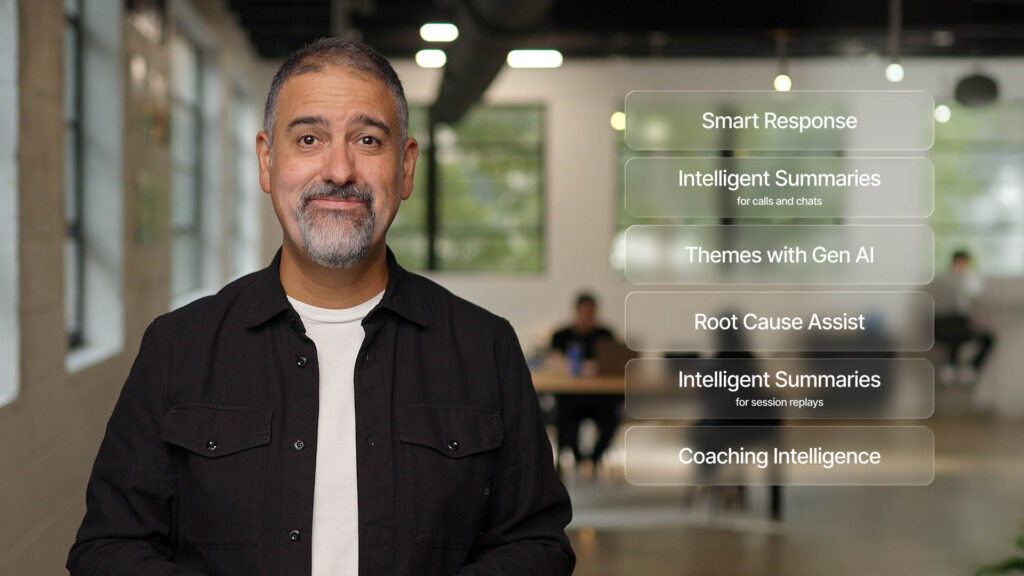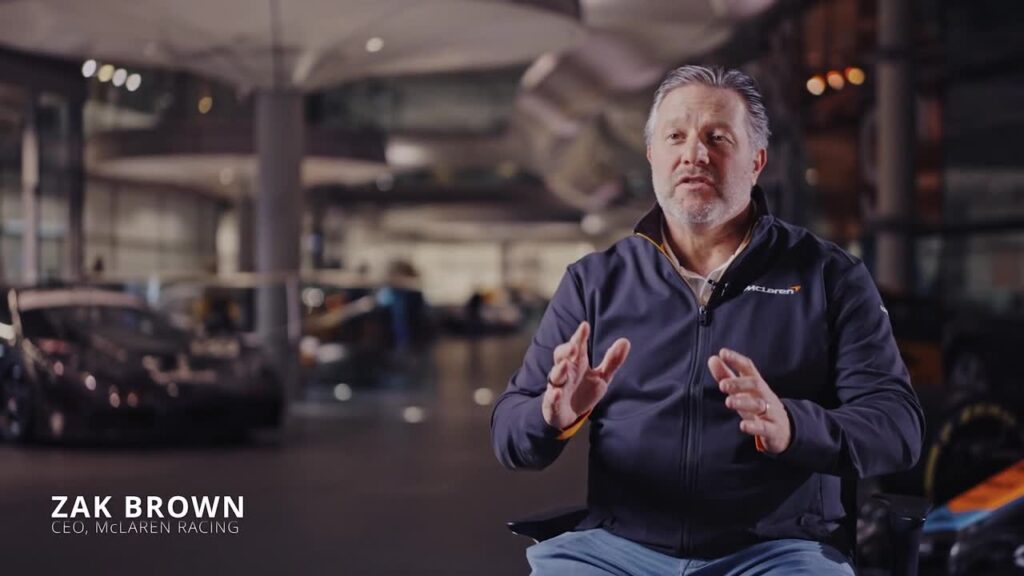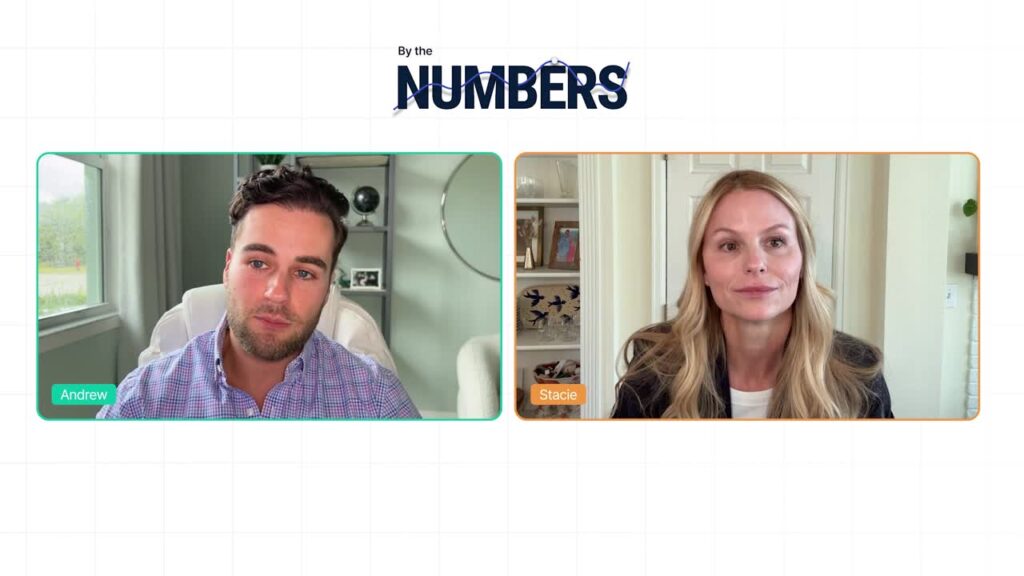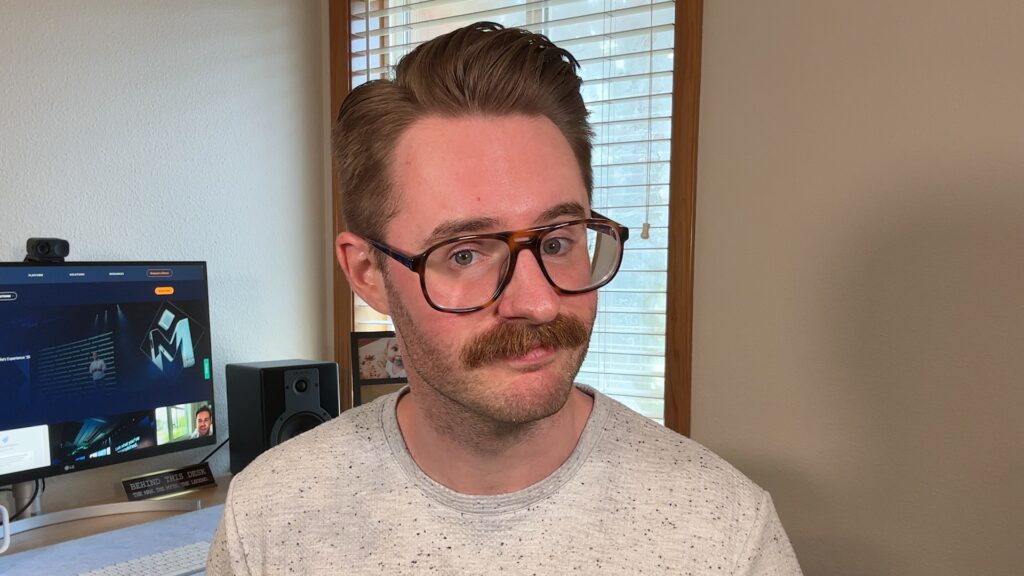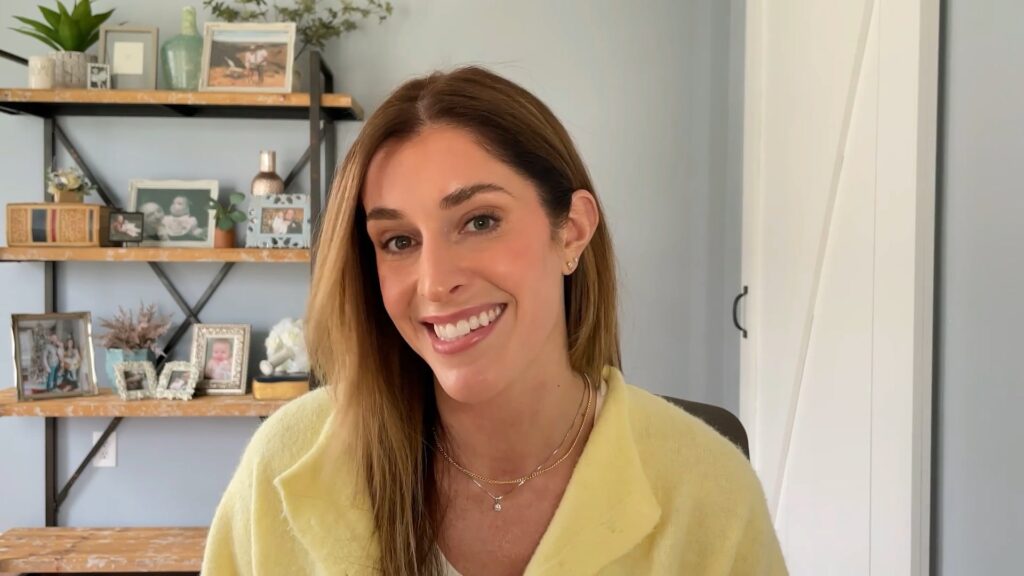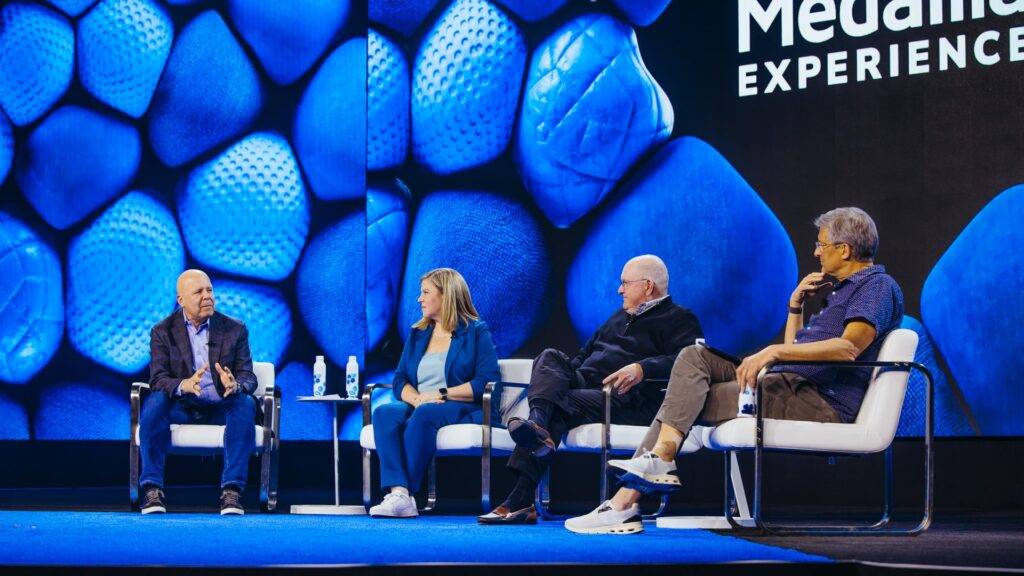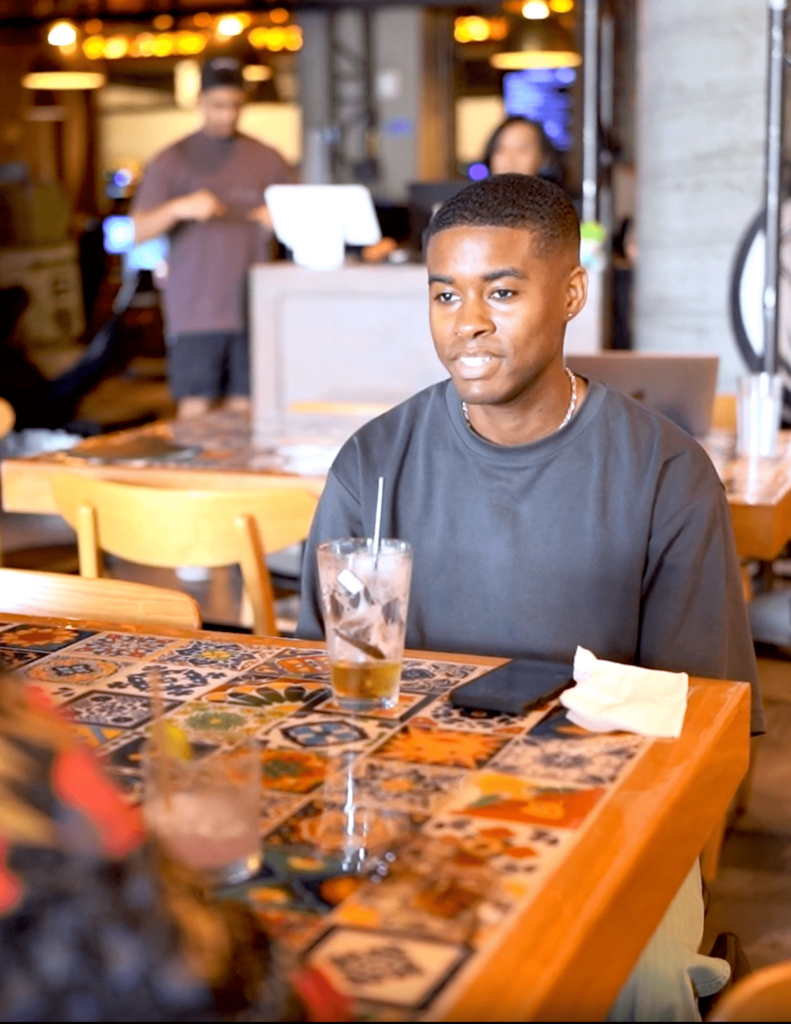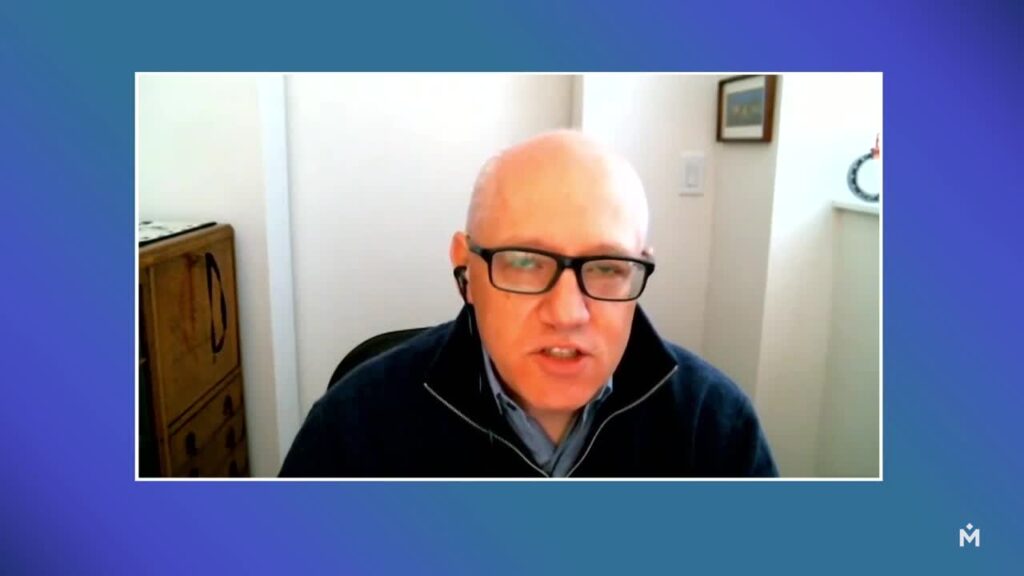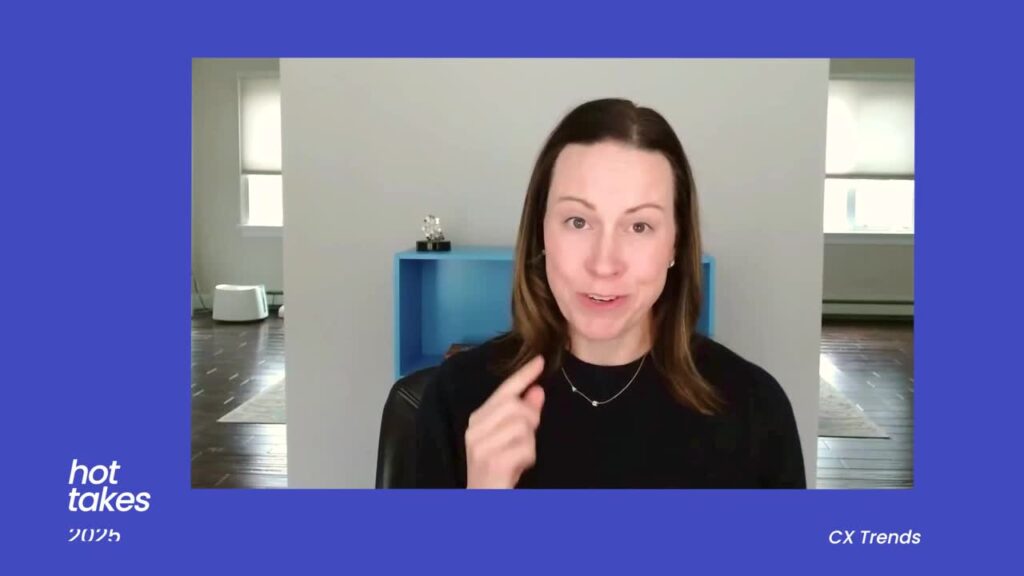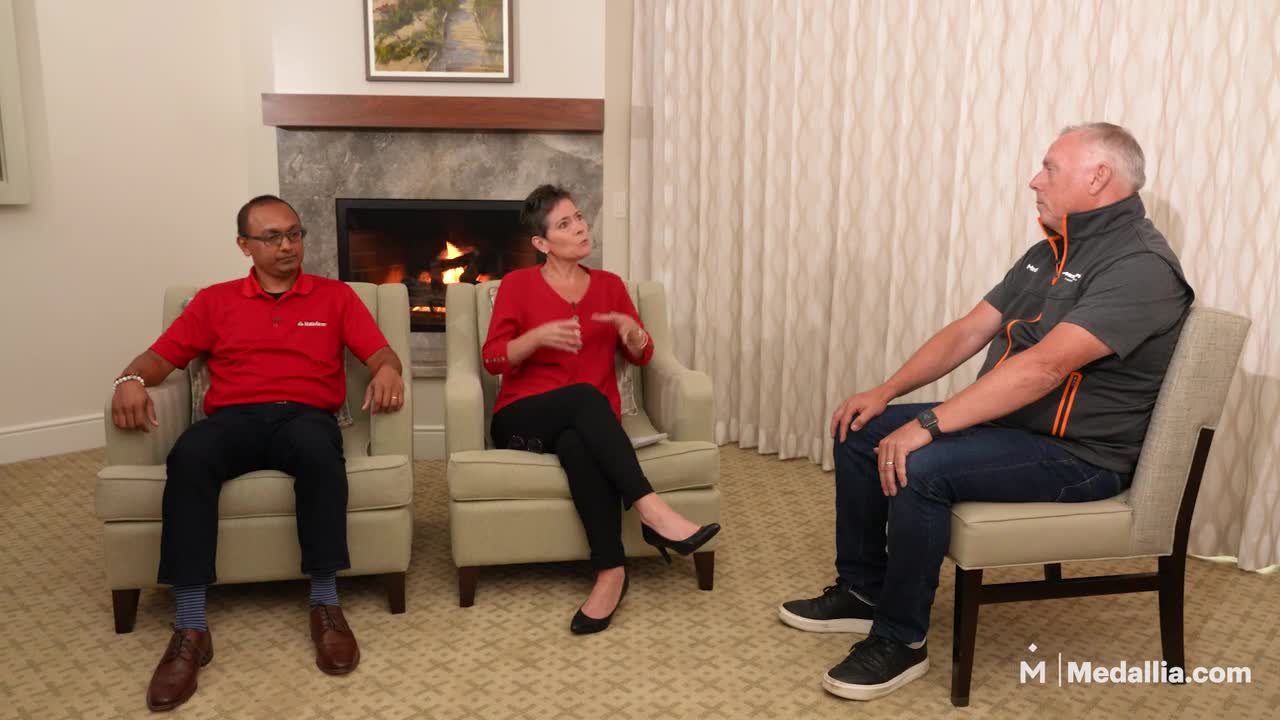Introduction
Hi, everyone. This is Leslie Stretch from Medallia. I’m really delighted to be here today with our friends from State Farm, Mahesh Chandrappa and Laurel Straub. Thanks for joining me here. It’s great to have you with us in this super venue.
State Farm’s Journey with Medallia
State Farm, Laurel, became a customer of Medallia four years ago now, in 2018. I’d love to hear what it’s been like, what your goals were at the outset, and how things have evolved in the last four years.
Sure. So our goals at the outset were, I would say really similar to the same goals we’ve had for 100 years, right? Because we had our 100th anniversary this year in June. Our goals have always been to try to deeply understand the needs of our customers, the expectations that our customers have. At the same time, we have always understood the importance of really understanding the mindsets and behavior of our agency force and of our employees. Four years ago, we were looking for a way to start to improve the means by which we collected feedback from those really important groups, especially in a super competitive environment like ours.
Since that time and since our partnership with Medallia, we’ve accomplished a great deal. We now have deployed over 100 surveys, received millions of responses from our customers, agents, and employees. It has enabled us to better aggregate the feedback, understand pain points, and focus on fixing operational and digital capabilities. Additionally, we have improved our top-line measures of customer experience, making it more robust and overarching. The most important change is getting the feedback of our customers into the hands of the individual associate, allowing them to see the immediate impact they’ve had on the customer experience.
Key Changes and Adaptations
Leslie, it’s a bit of an understatement, but quite a lot has changed since we started working together. What are some of the key changes that you’ve experienced, and how have you adapted to those changes? And I’m very mindful, this is a four-year relationship and this is your 100th year in business.
Leslie, first of all, thank you for having us here today. And also, thank you for your team to be a part of the journey for the past four years, and I wish to have more years to come. Change, adaptation, and innovation have been at the core of State Farm. Otherwise, we wouldn’t have celebrated the 100th year. Most importantly, we wouldn’t have held the leadership position for both auto and fire for decades.
In the past four years, a lot of things have changed. One significant change is becoming more action-oriented. We have been on the experience journey for a long period, and agents have been at the forefront, creating personal relationships with customers. However, the expectations of customers have changed, and we have adapted by focusing on taking actions. Whether it’s changes in the product or tools and processes offered to agents and employees, taking actions has been the biggest change.
The second change is in getting the data together. While collecting and aggregating data from different sources was a painful process, automation has simplified the process of connecting feedback data with operational data sets. This has enabled analytics teams, research teams, and frontline teams to utilize the data more effectively.
The third change is in timeliness. Feedback now comes in real-time, allowing everyone, from tech teams to frontline employees, to see and act on feedback promptly. This real-time feedback has become crucial for launching new features or experience-related programs.
Digital Transformation and Implications
Not in the negative sense, but more in terms of how they have interacted with our customers. What is it that they can make it better? So I would say those are some of the key changes which have happened in the experience space over the past four years. But I would say that you’re just scratching the surface.
Let’s just continue the theme a little bit with you Mahesh, around digital transformation and the implications for customers and employees. You know, it’s been a big buzzword pre-pandemic; it’s carried on through the pandemic. I’ve heard people say, you know, we’ve accelerated this digital transformation program of a decade that we had into 10 months or 10 weeks. I’ve heard people say that they have completely equipped a virtual contact center in days. What were the implications? What happened at State Farm? And what were the implications of this sudden avalanche of requirements of the need to get the digital transformation? We all had this aspiration, but everything was compressed. What happened?
So before I come to exact points of the answers to what you just asked Leslie, let me go over some of the background on our journey itself. We started off on the digital transformation journey six years back, and I think it is key to understand what it means for State Farm because each company has defined a different way of what they mean by digital transformation. And for us, when all the senior executives, starting from our CEO Michael Tipsord, everyone was interviewed, one team which came up, and that became the vision of our digital transformation was: differentiating in service and dominating in experience.
The dominating in experience was one of the key things or the vision which we had to carry the torch on from the past six years. We think about digital transformation in six key areas, and you can imagine it as a pyramid, three layers of the pyramid. The bottom-most layer of the pyramid has technology advancement, data enablement, and self-service. Those form our base of the pyramid because, in my view, I think technology and data are key enablers and they are going to differentiate us in whatever we do in the future, and whatever experiences which we need to create for our customers.
The middle layer, which leads to simplification of our process and business, how we do business and how customers, agents, and employees interact. And the second part of the middle layer is experience. We started off with customer experience when we started our digital transformation journey, but now we call it experience excellence because we incorporate customer, employee, and agent experience. The top of the pyramid lies the overall growth engine. If everything’s done right, the growth engine needs to continue.
If you see that way, now I’ll just focus on the experience, and then I’ll come back to some of the key questions of the pandemic and what changed and how we have adapted.
Examples of Digital Transformation
On the experience side, I think there are two facets to it. One is the customers interacting directly on our digital properties and interacting with our employees and agents, and the second aspect is the tools, processes, and all the things, training and other things which we provide to our employees and to our agents. The relationship between agents and employees is a little bit different, simply because of the agents that are independent contractors. Now you can see the dynamics of all the experiences which play into the picture.
As an example, the two examples I would take probably answers the question which you just asked. One is we call it a modernization program within the broadest umbrella of transformation where we are overhauling some of our systems, making sure that we are designing and placing the data right in a way that we could capitalize on the data which we capture. The second thing is creating those experiences with all the things which we need to do.
Having said that with the modernization, we changed a billing system. If a billing system gets changed, the bills which get generated are automatically sent from the system through email or through paper mail to the customers. So now there’s a direct interaction with the customers; customers see the look and feel of the bill, obviously, the most important thing which catches anyone’s eyes is how much I’m paying, and why I’m paying for this and if there is any mismatch. The second thing which plays into the picture is when they call back or when they reach back to us either through digital or through agents or through the employees. Now, the agents should be equipped to make sure that they can answer and they can cater to our customers’ needs and similar to the employees as well.
Are we having the billing systems designed in such a way that it meets the customer experience, and also our agent experience? And all this happened in the midst of when we all went home after the pandemic hit. And the feedback which we got, and the implementations which have been done so far, processes which have been changed, it has gone seamless, I would say, and we are just in the journey.
The second example I would say is when everyone was sent home, we had to, from hardware to software to everything had to be put in place specifically for claims and for our service because we can’t just wait, right? We can’t just say to the customers that, oh, I’m sorry, I’m not equipped because if somebody is in a claim situation, we want to make sure that we give the best-in-class experience and we take care of our customers. Those are a couple of examples which fall in the realm of our digital transformation journey so far, but I can go on and on.
State Farm’s Network of Experience
Laurel, let’s just drill a bit down into the way State Farm looks at this whole experience realm because we have many customers and companies come to us and they’ll send us an RFP in the mail and they’ll say we’ve got a voice of customer program or we have a voice of employee program, but I think the way that State Farm looks at the world is this network of agent, employee, and customer, and they’re all symbiotic and interdependent.
So how did you think about that, and what can we talk about to help our customers maybe position their thinking and frame it a little bit more of an advanced way to take account of their particular network because it’s not as simple as starting with voice of customer, start with employees, is it? I think this was the thing when we entered into our relationship with Medallia that I was most excited about, the potentials that we saw.
Linking Customer, Agent, and Employee Experience
So we have really started to view this as to your point, not sort of three independent pillars, but I kind of think of them as more, you know, three legs on, you know, the three legs of the three-legged stool, so to speak, right? So we have our customer experience, agent experience, and employee experience programs that we’ve tried to all begin to link together. And the reason we do this is we really believe, and research supports the fact that the mindset of your employee, the mindset of your agent, has a direct link to the experience your customer has. And so we knew that, you know, first of all, we’ve been over time kind of looking to make that linkage, our business partners are always asking us, you know, all right, we’re seeing our employees talking about this topic or they’re feeling overworked, or they’re feeling stressed. Is that impacting my customers or not? And we’ve always, you know, kind of said probably. But now, because we’ve been able to take the data not only about the customer and the experience they had but information about the employee who delivered that experience, their mindset. How are they feeling about their engagement with the company? How are they feeling about their leadership? How are they feeling about their training? And merge all that together. We’ve really been able to start to identify some really neat trends and some neat patterns and some things that have enabled us to begin to look at those things in the context of actual financial outcomes.
Refinements Through Understanding
So once we’ve started understanding how these things all relate, you can begin to look at your service level objectives in the call center, right? And understand what should those be? How does the way my employees are staffed impact this experience? How does overtime impact this end game experience? So we’ve been able to start making some refinements there. What I would say though is in order to do that, we had to be very deliberate up front about the data and about making sure we didn’t just create a voice of customer program, create a voice of employee program, and then try to sort of shoehorn those things together. Instead, we’ve been very deliberate about data tagging, about making sure the questions in our surveys are aligned, so we’re asking things in very similar ways. We’ve had to be very deliberate about our sampling strategies to make sure we’re not over sampling certain populations of our employees, for example. But in the course of laying out that really deliberate framework, what we found is it’s really enabled some wonderful analytics that we’re just beginning to scratch the surface on. It’s very exciting and it’s very powerful, and I think that what we see are companies who, as I said at the beginning, start with one or the other, and then they have themselves have a third leg of the stool; they have a dealer network, for example. They have some kind of distribution channel, or they have some critical supply chain channel, and most people start not thinking that way. The framework is just single-threaded, customer or employee. What we want to do is to get people to think really about the – sure you’re gonna get value from that first experience of feedback as you were describing, Mahesh. Sure, you’ll get value from the first employee feedback, but if we can really tackle the network and get the power that you’ve achieved, that is exponentially more beneficial I think and faster for everyone. So, fantastic.
Omnichannel and End-to-End Journey Experience
Mahesh, State Farm has taken a very deliberate approach to omnichannel and journey, end-to-end journey experience. Again, like the network experience that we were talking about with Laurel, this is a different way of looking at the customer experience and for that matter, the agent-employee experience end to end. Talk about some of the challenges and implications of taking that approach.
So Leslie, as I talked about before, a lot of good things which we have done, and whenever you do good things, there are more challenges which get attached to it. So one of the things which I can reflect back four years back when we did the commitment with Medallia as well, I think I clearly remembered Laurel and I having this conversation on how do we push this to the organization? The few parts of the organization where we had tested it out, but how do we do this across the organization? And if I see today, the whole conversation was push and then how do we convert it to a pull mechanism? Because we didn’t want to push it, but it needs to be more demand generated. I can confidently raise my hand today and say that we have been successful in doing it. There is more demand in the organization to get this enabled versus how fast we can do it. So it’s a good problem to solve, but it’s a challenge, and that goes into prioritization, right? That’s my number one challenge.
Prioritizing and Executing Transformation
And Laurel and I have lots of conversations with our business partners to say, hey, what is it that is the most valuable and what’s the most impactful so that we can prioritize and execute it in that fashion. That’s number one. The second biggest challenge I think Laurel kind of went there is the sampling. For customers, I think it is more or less okay because we have a good sample size but when it comes to agents and employees, they’re a limited set, we are 19,000 plus agents’ offices, and then we have employees. And that sample size is fixed, and we are doing so many efforts right now, and this goes back into digital transformation and some of the modernization, and we want continuous feedback, and we want to implement, everyone is waiting, but now it gets into sort of a fatigue. If I keep asking the same people questions regarding different processes and systems and data other things which we are pushing towards them, we might lose the momentum which we got as well. So it’s the challenge of how do we balance it? The third thing I would say is the change. The change which we need to bring within the organization, and specifically with the churn which we got and how do we onboard the employees much faster, train them faster, and also motivate them faster, right? It’s in this world and I don’t think this- this is not new information; it’s public information that all the companies on the labor market and how what we face and because of the churn which we got, the change sometimes becomes a challenge. Not that it’s not accepted across the organization, but it is more about dealing with it because we put our employees and agents through a lot of change, at least in the transformational journey which we are in today. So I think those are three largest challenges I would say we are facing right now, and some of them are good challenges to face rather than I need to go, or Laurel has to go and sit in front of business partners and explain why it is important. I think that that phase we have passed long, long back.
Transforming the Approach
Well, although, it’s clear to me that taking this network approach again, agent, employee, customer, and then taking this omnichannel journey-focused approach is, I think, transformational for businesses, it’s challenging, it’s harder to do. But I think the rewards are just immense if the implementation can be executed and I think you guys, State Farm have done a great job of that. But I’m very interested in hearing Laurel, what about the future? I love to think about the future in every dimension. You must be thinking about this all the time, the implications of where State Farm sits at the center of a really important network of people’s lives and property, the automotive network alone; it’s massive for State Farm. So, what’s next? What’s the future?
Focused Future Initiatives
There’s probably two things I’d say we’re really focused on. One is we’re pretty confident in the approach that we’re taking, this customer, agent, employee approach. This omnichannel approach. The question, and I think the thing that looms before us right now that Mahesh and I talk about all the time is how do we prioritize what’s next? How do we start to identify how we can implement what we’re doing more broadly across the organization. So we’ve got really, really good work going on right now already with our survey platform, getting the experiences of our customers, our agents, and our employees as we continue to modernize, as we continue to transform the organization; we need to understand are we hitting the mark with all of those constituencies, right? Is everybody benefiting from the transformation the way we think they should be benefiting? The other thing, I think we’ve started in my area, some really interesting almost self-serve. Medallia has been a great partner teaching us not only are you building platforms and things for us, but you’re teaching us how to self-serve on capabilities ourselves. And we think there’s a lot of potential there for our folks just to get better at using the capabilities of the Medallia platform. I’d say the other thing we want to do in the near term is continue to expand just our service recovery efforts that pushing the voice of the customer down to the individual associate. Today, we have most of our contact centers and claims operations utilizing this capability, but we’re continuing to talk about how do we expand this more broadly potentially into our agency force? How do we allow employees who are serving other employees to see and leverage feedback about the experiences that we’re giving there. That whole service recovery, individual interactions, and touchpoints are something we want to continue to expand. The second thing I’d say is as we’ve started to collect, like I said, we’ve received millions of responses now back from customers and employees and agents; we are finding that we’re sitting on a wealth of information. And so I think the second thing that we’re really excited about is how do we start to take all of the survey data, the feedback that we collect, marry it in with our operational data, really start looking at mining that, putting some machine learning capabilities out that- To start to understand better how all of these things interact, how do these different variables in KPIs really end up impacting our financial outcomes, so we can continue to refine the operation, and deliver an awesome experience to all of our customers, agents, and employees.
Wrapping Up a Great Discussion
So, not a big job of work on your hands there. Not at all! But you know what’s exciting is you’re getting- you’re laying the groundwork for the next 100 years. You got it. Mahesh, Laurel. What a fantastic discussion. I could talk all day. There are so many ideas and so many things to learn from each of you, and thanks for being a great partner of Medallia. That was a great session. Thank you. Thanks so much for having us.
